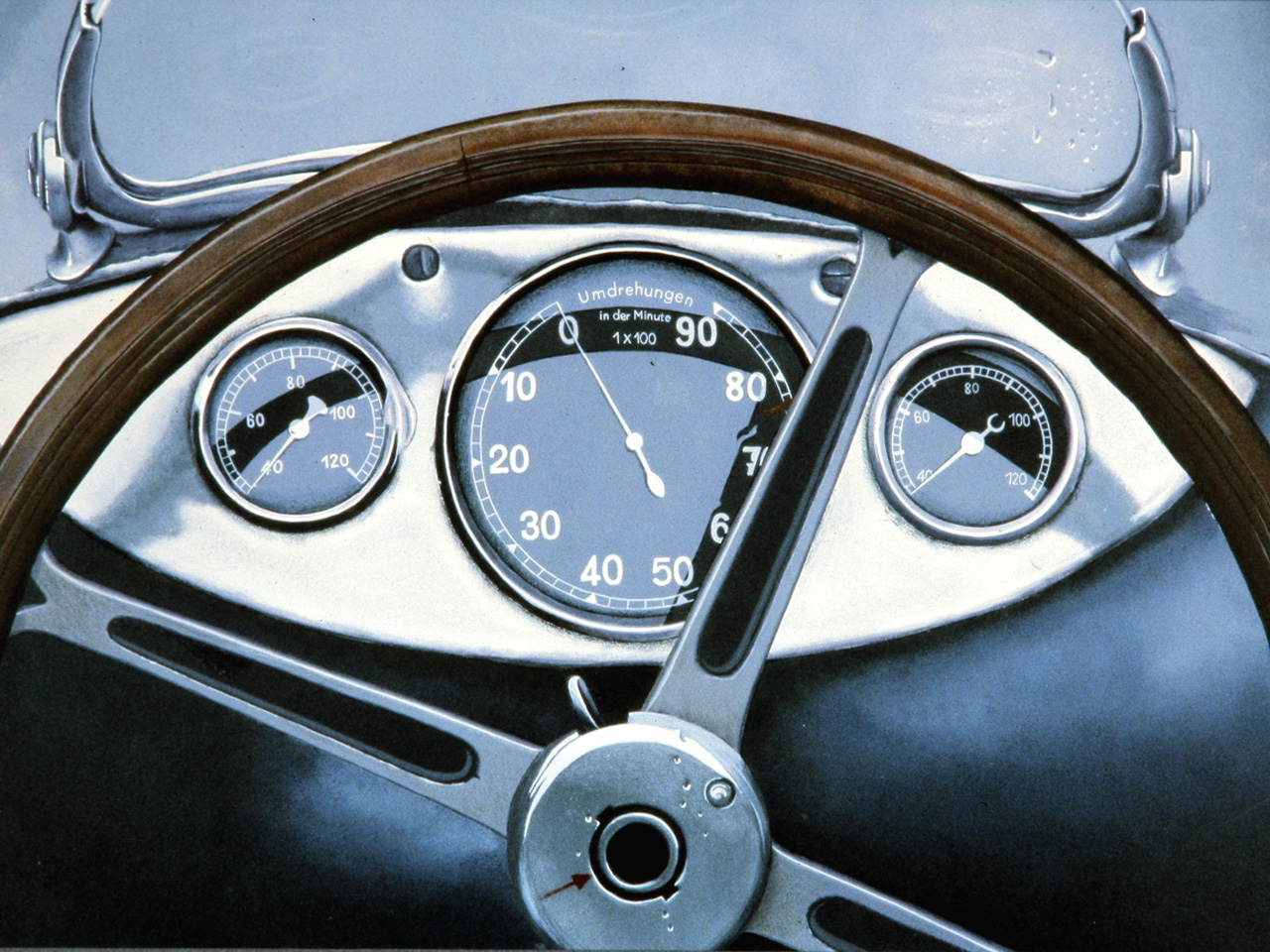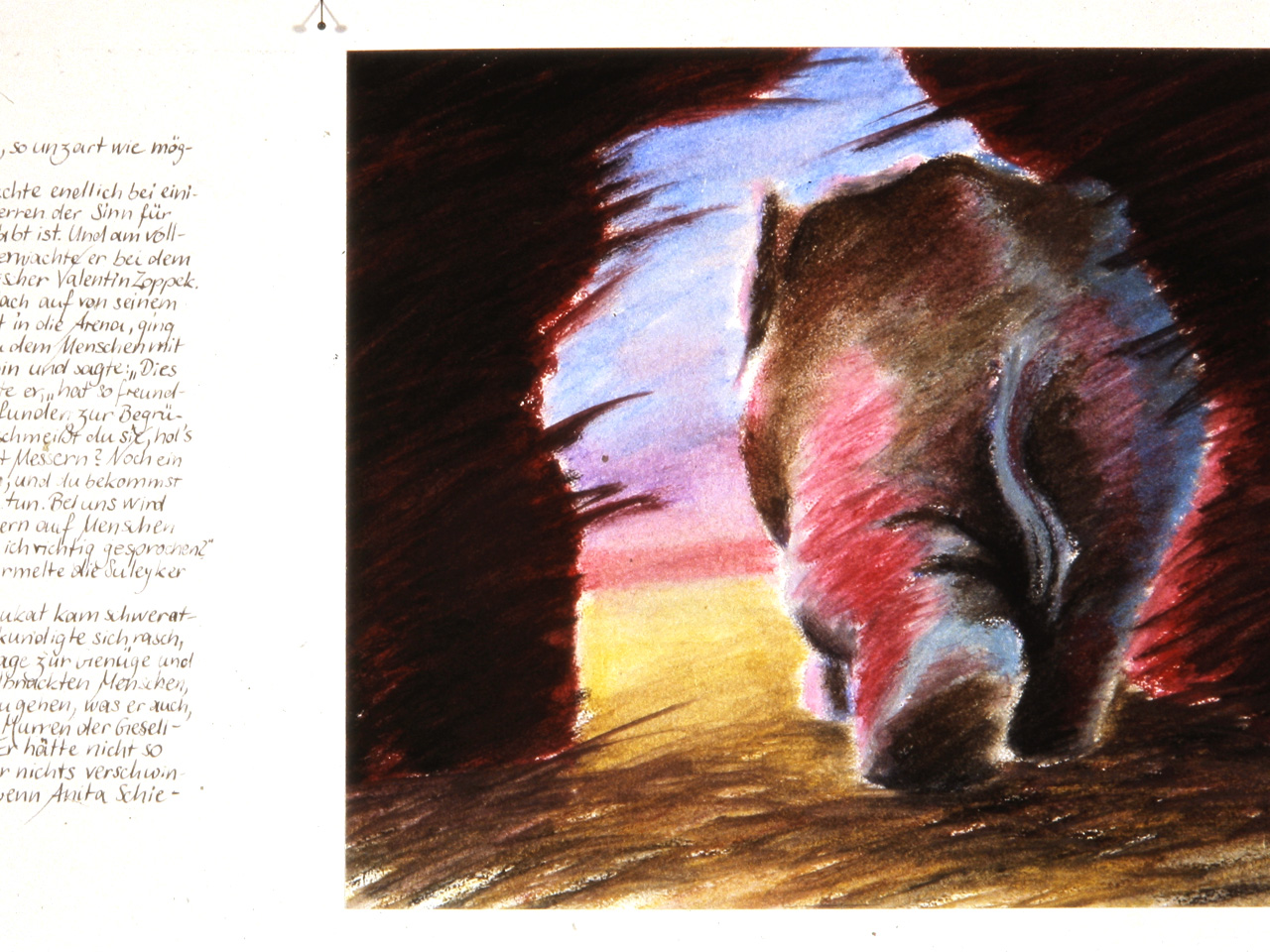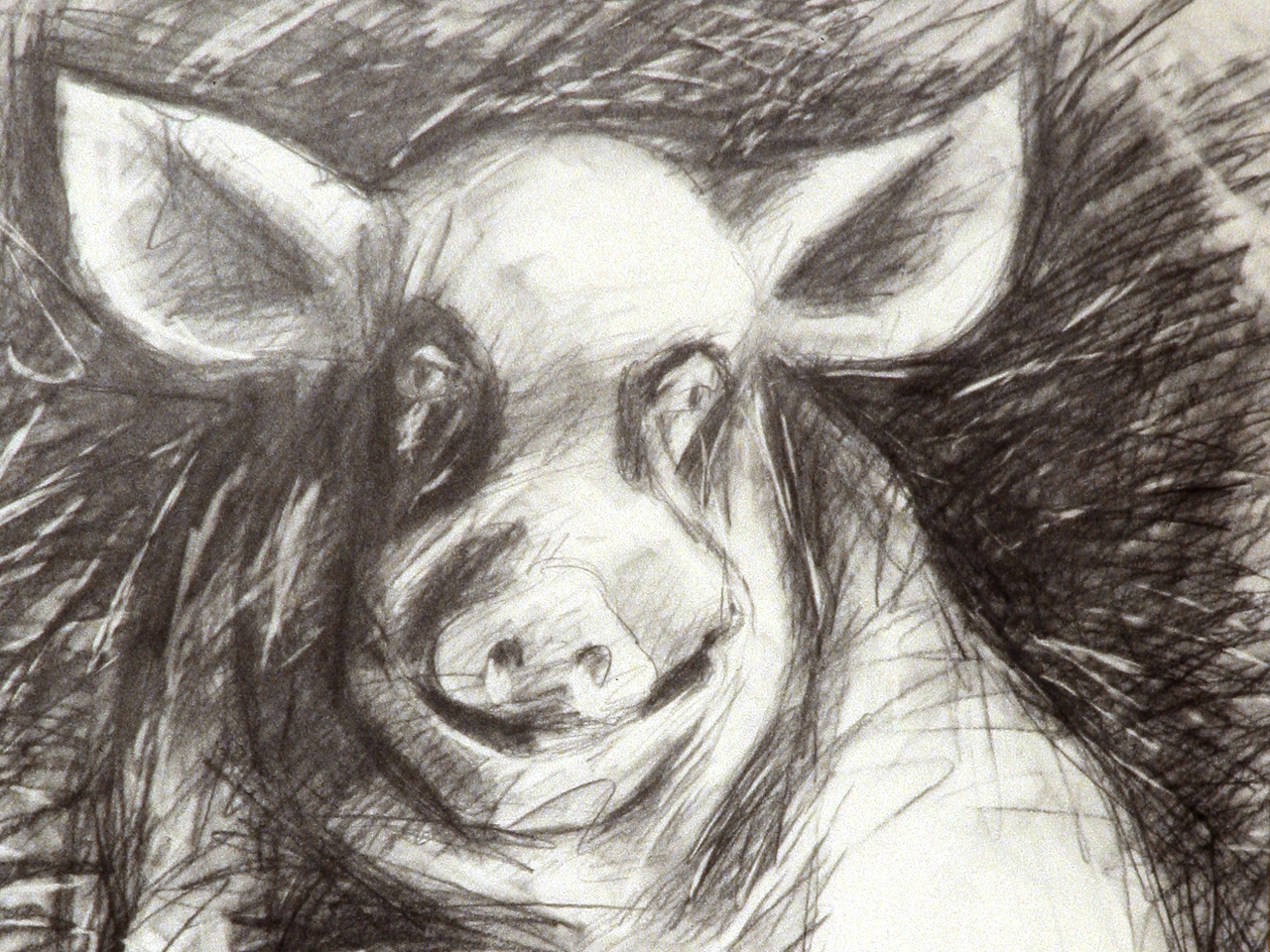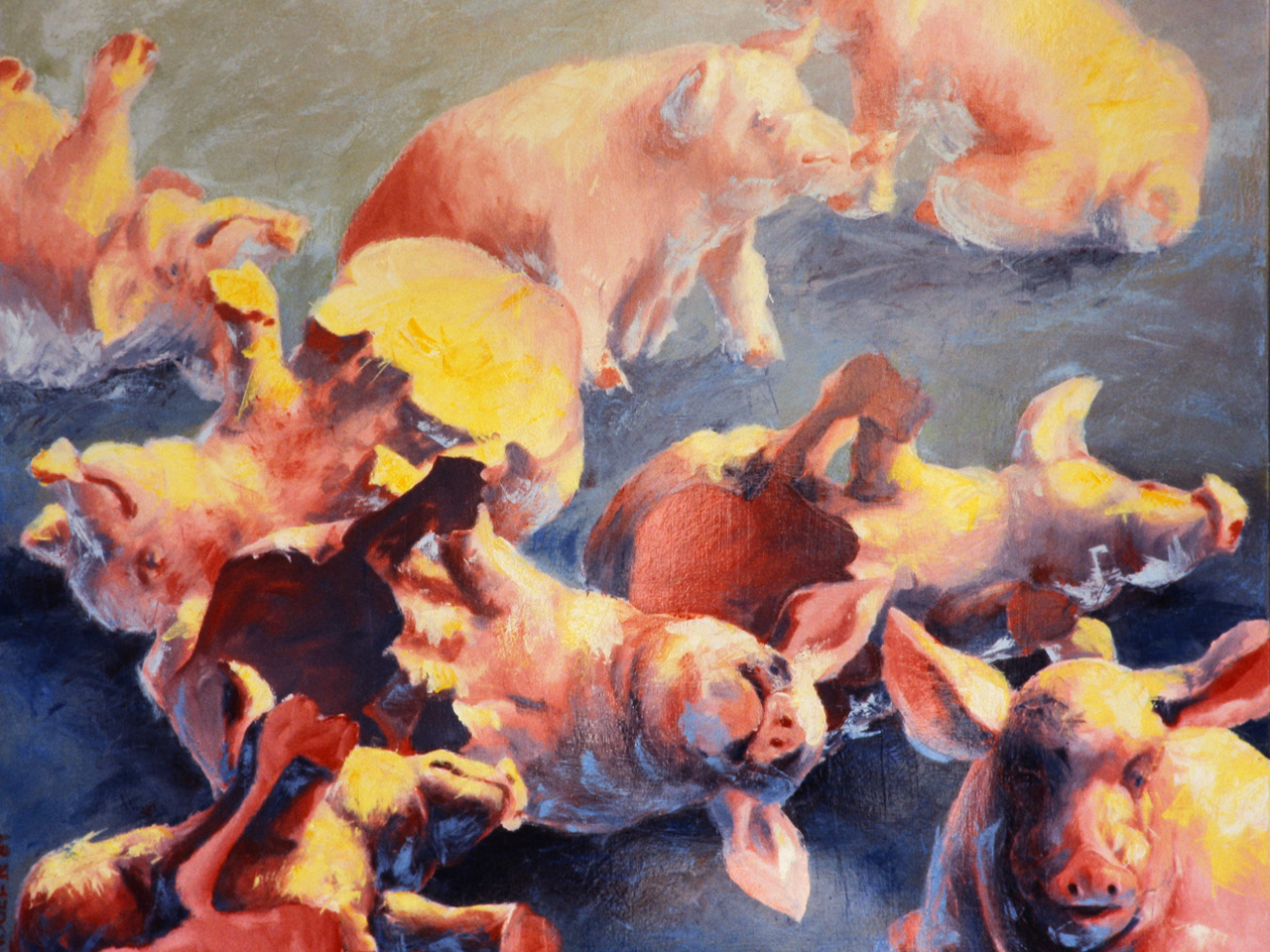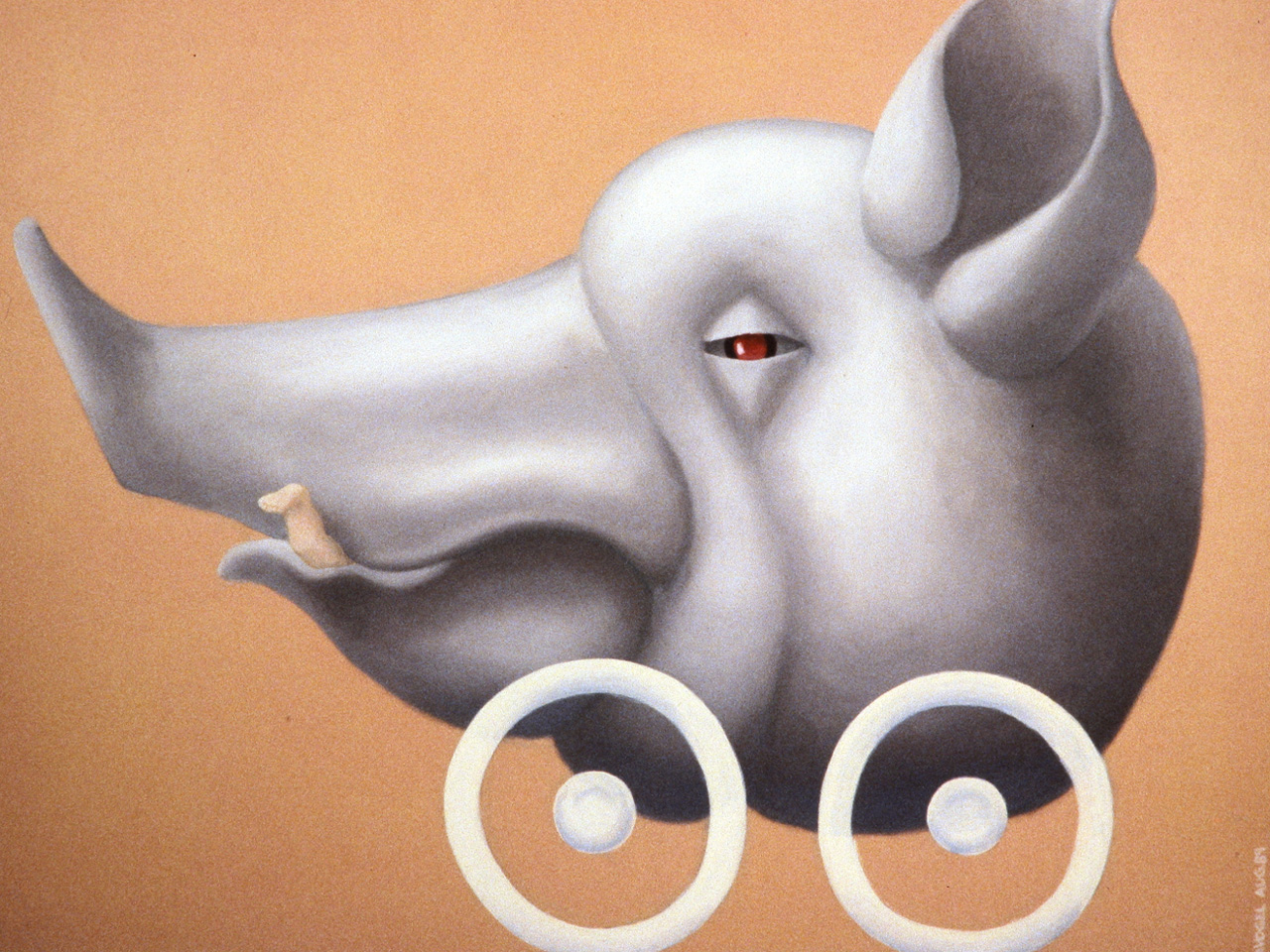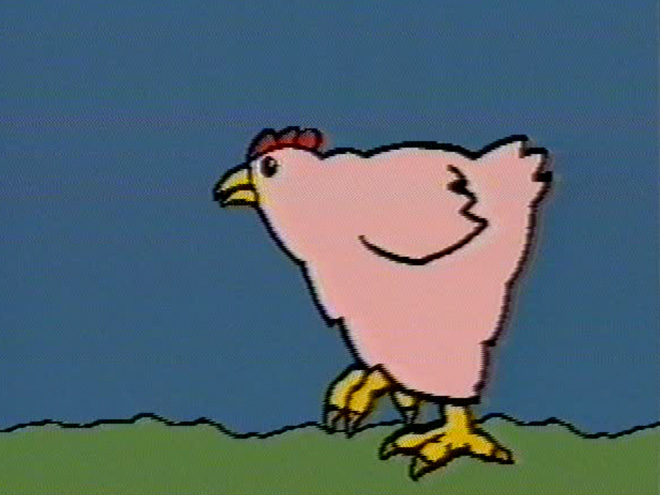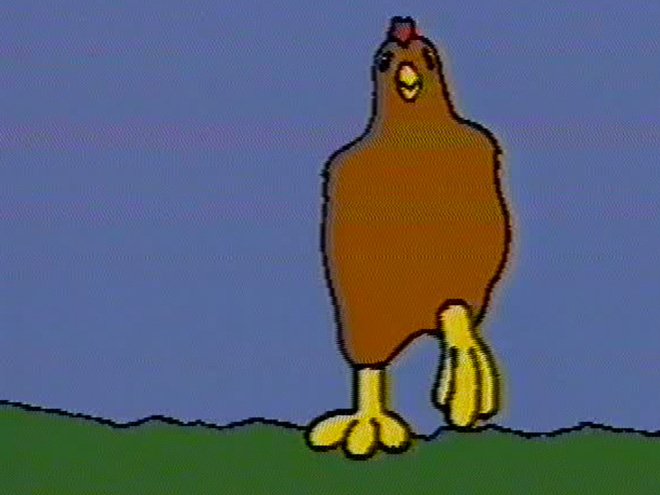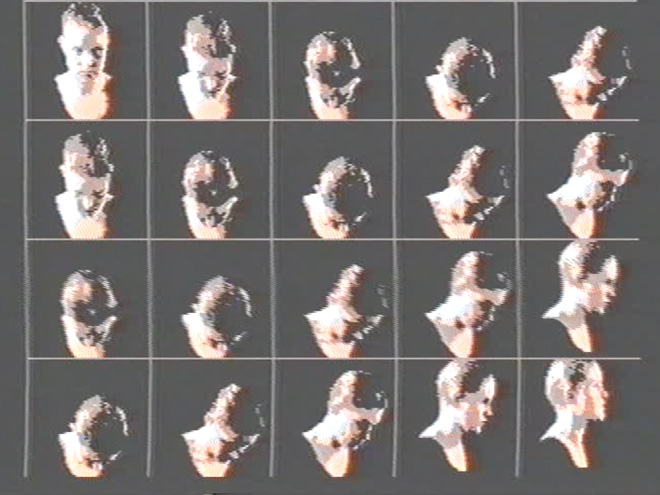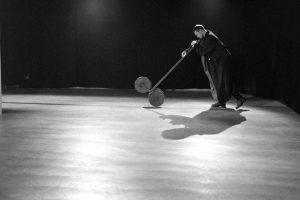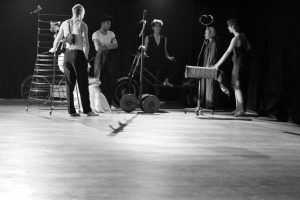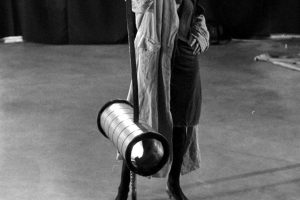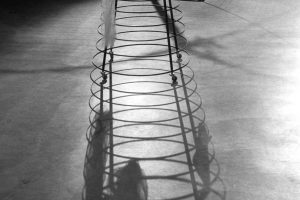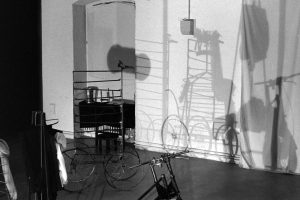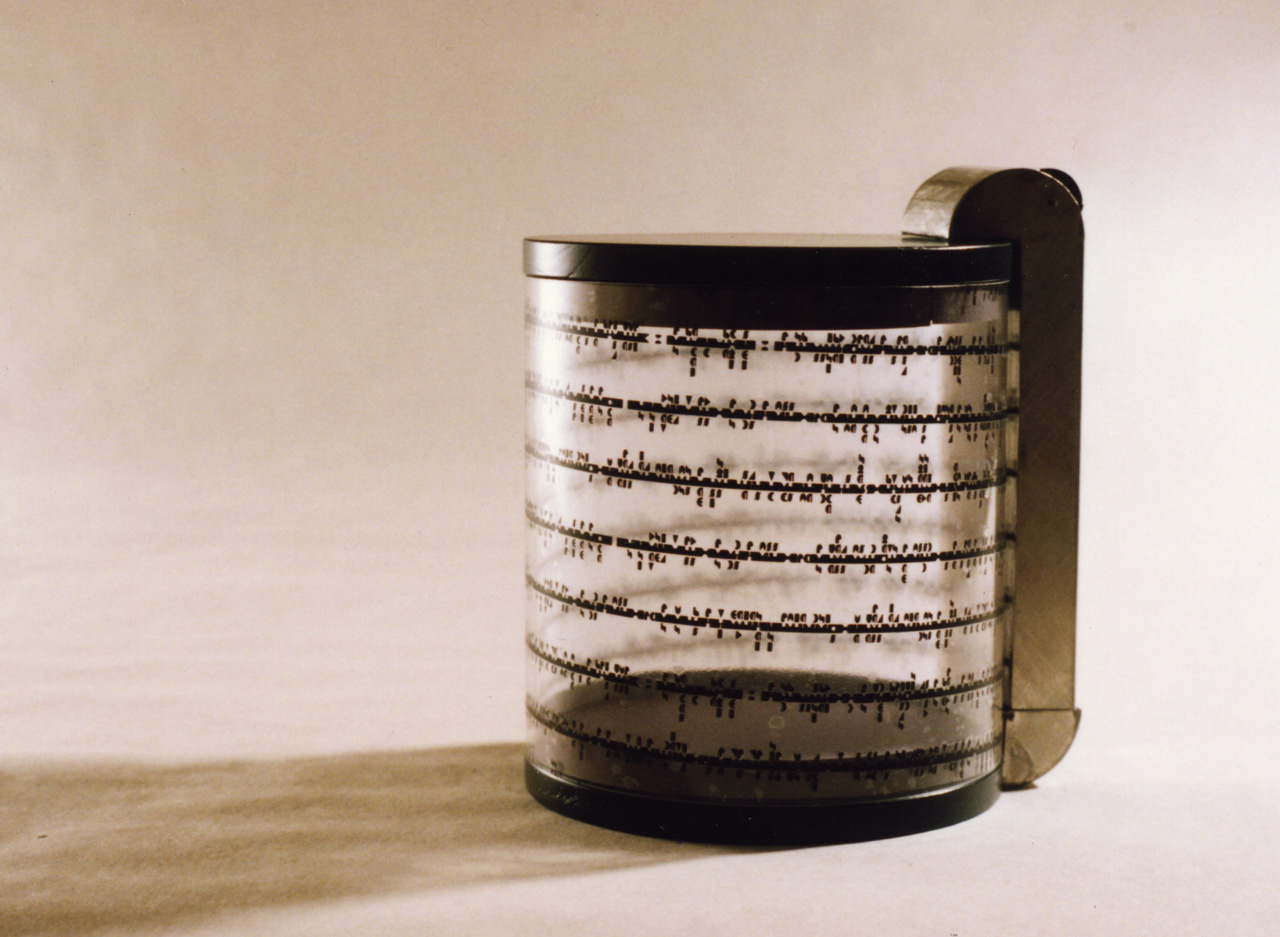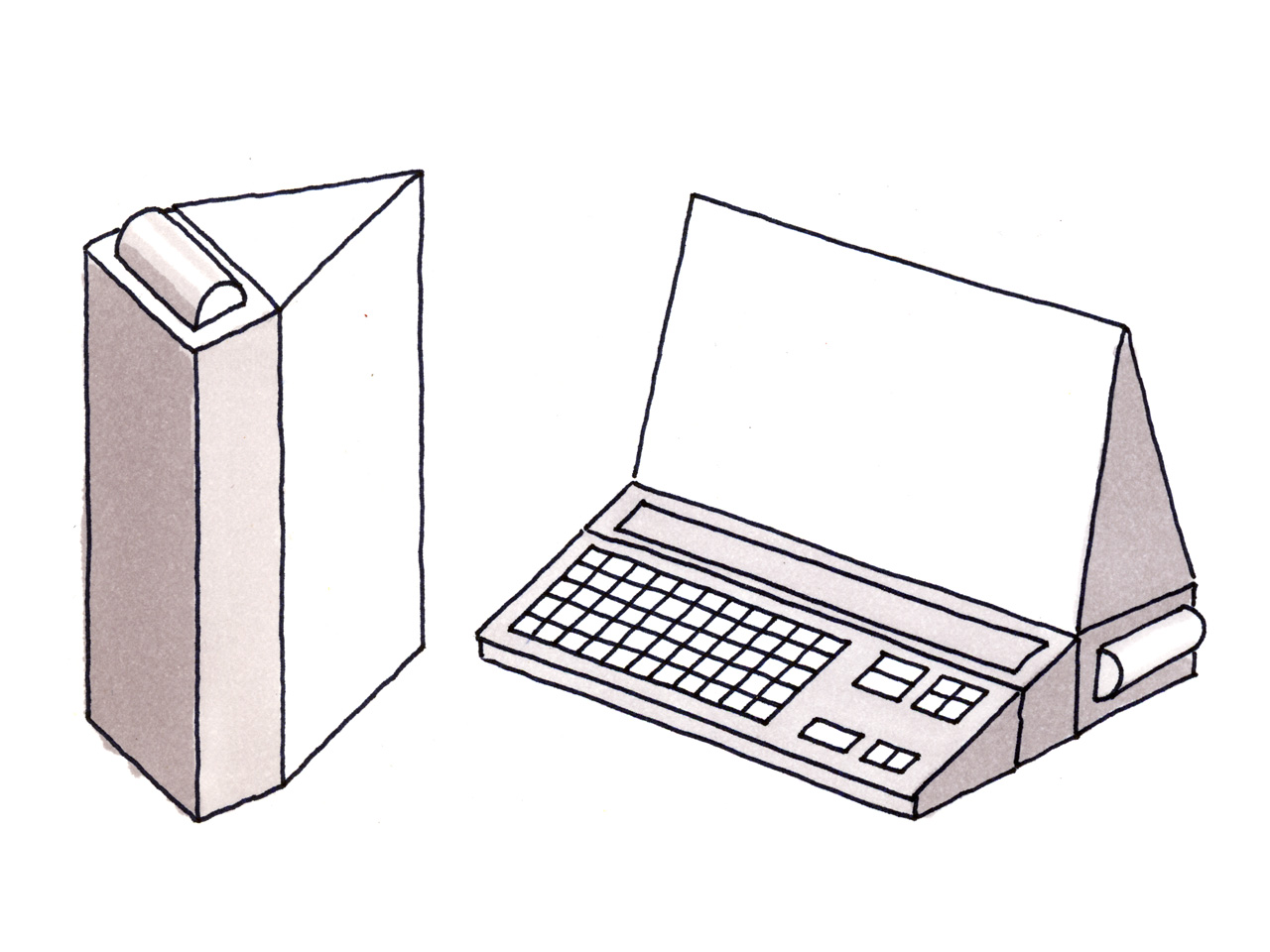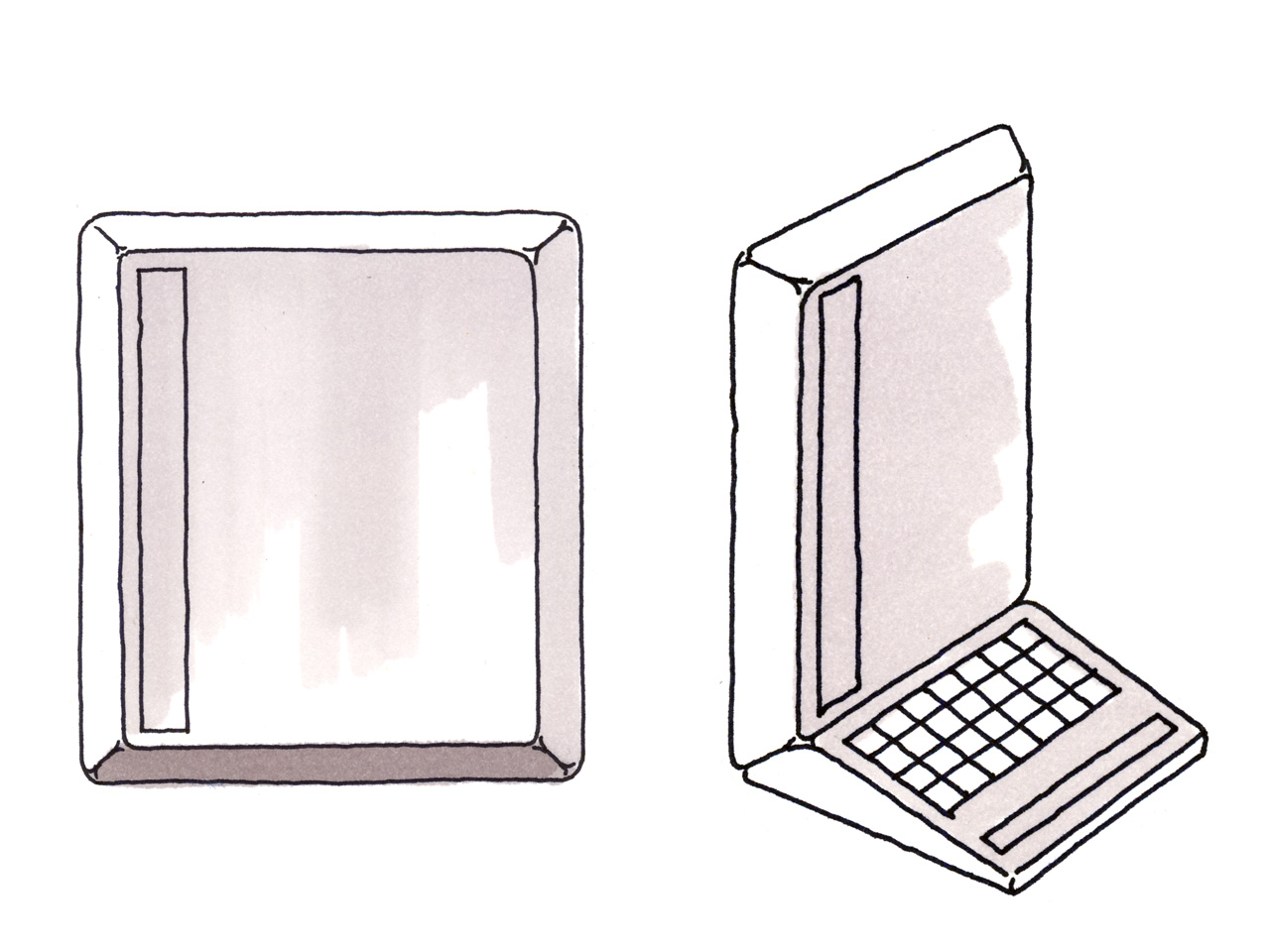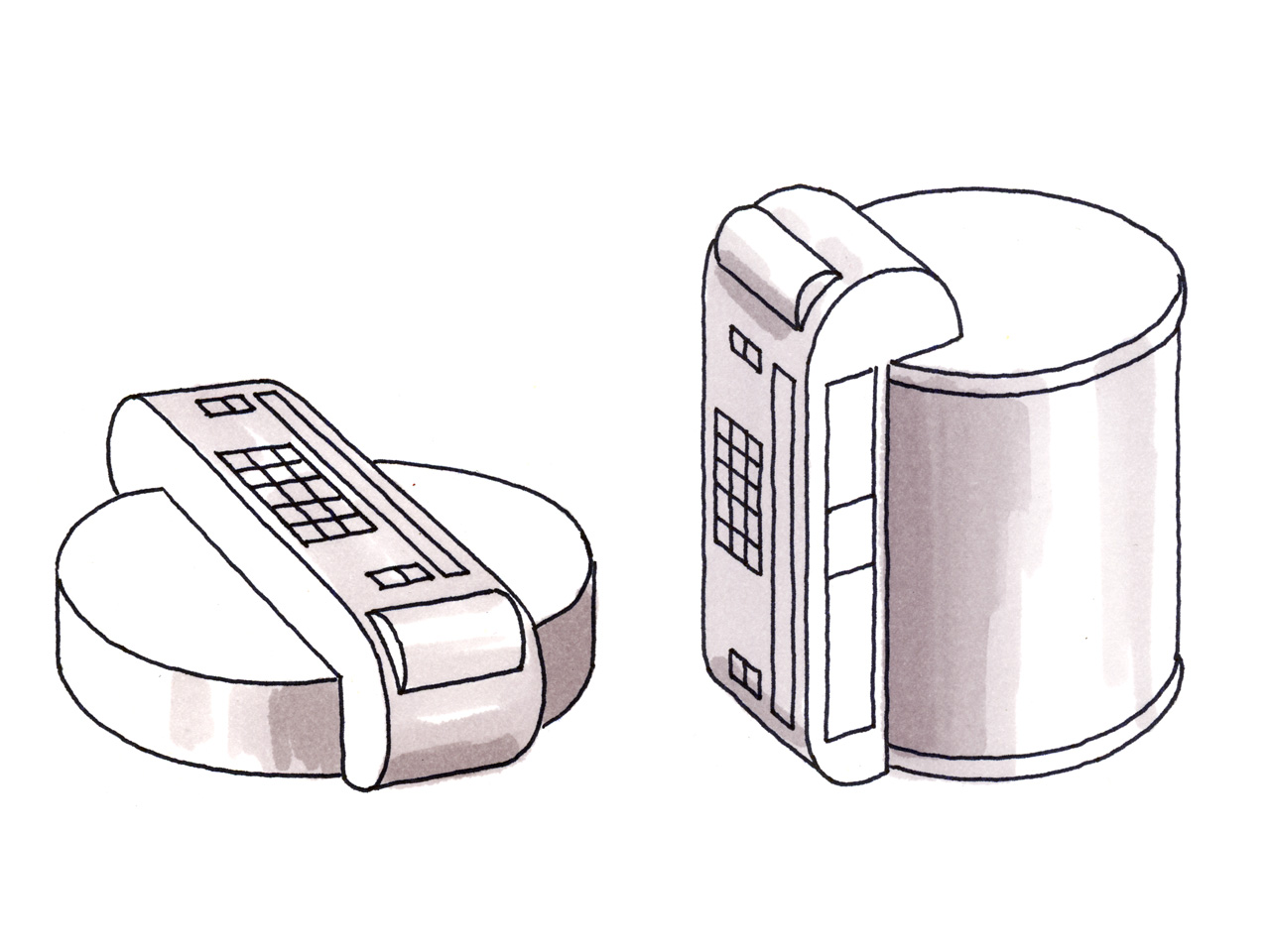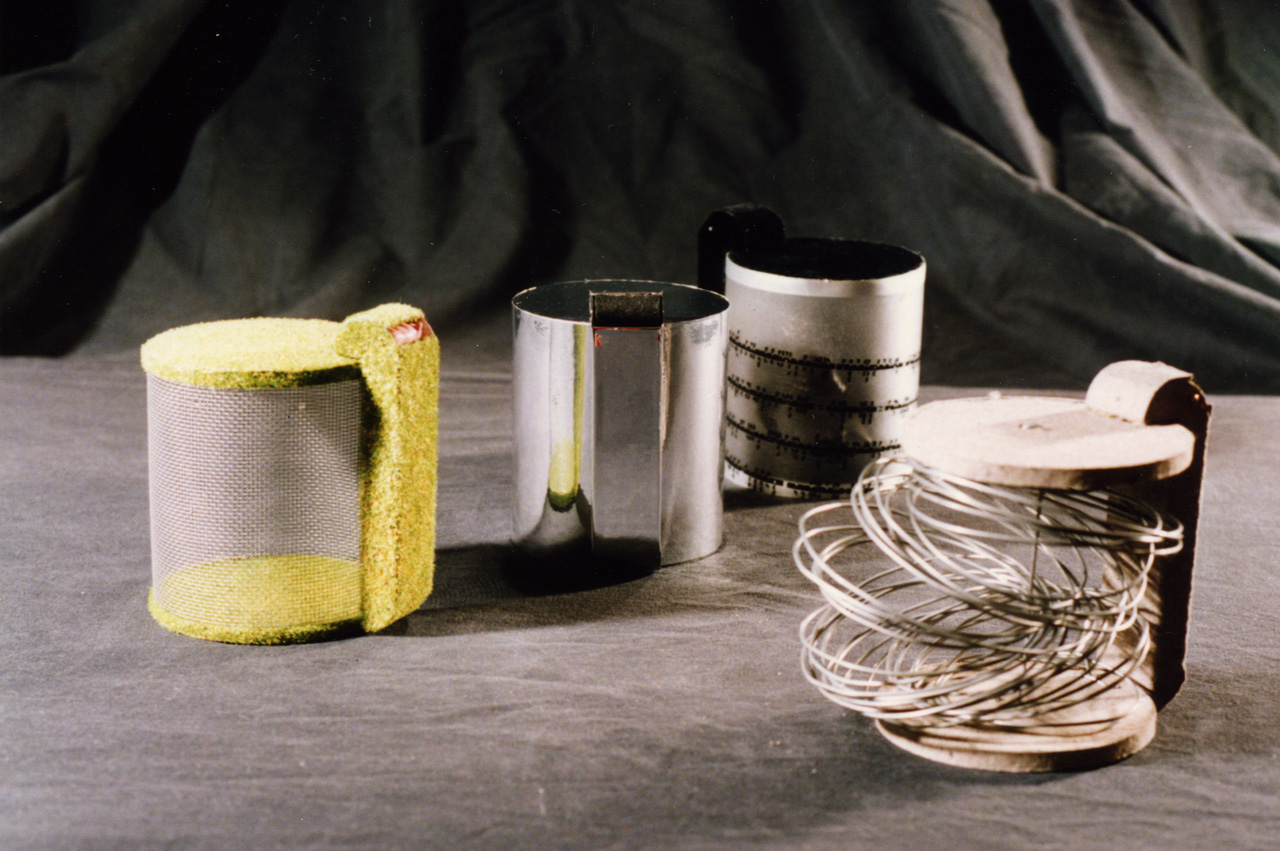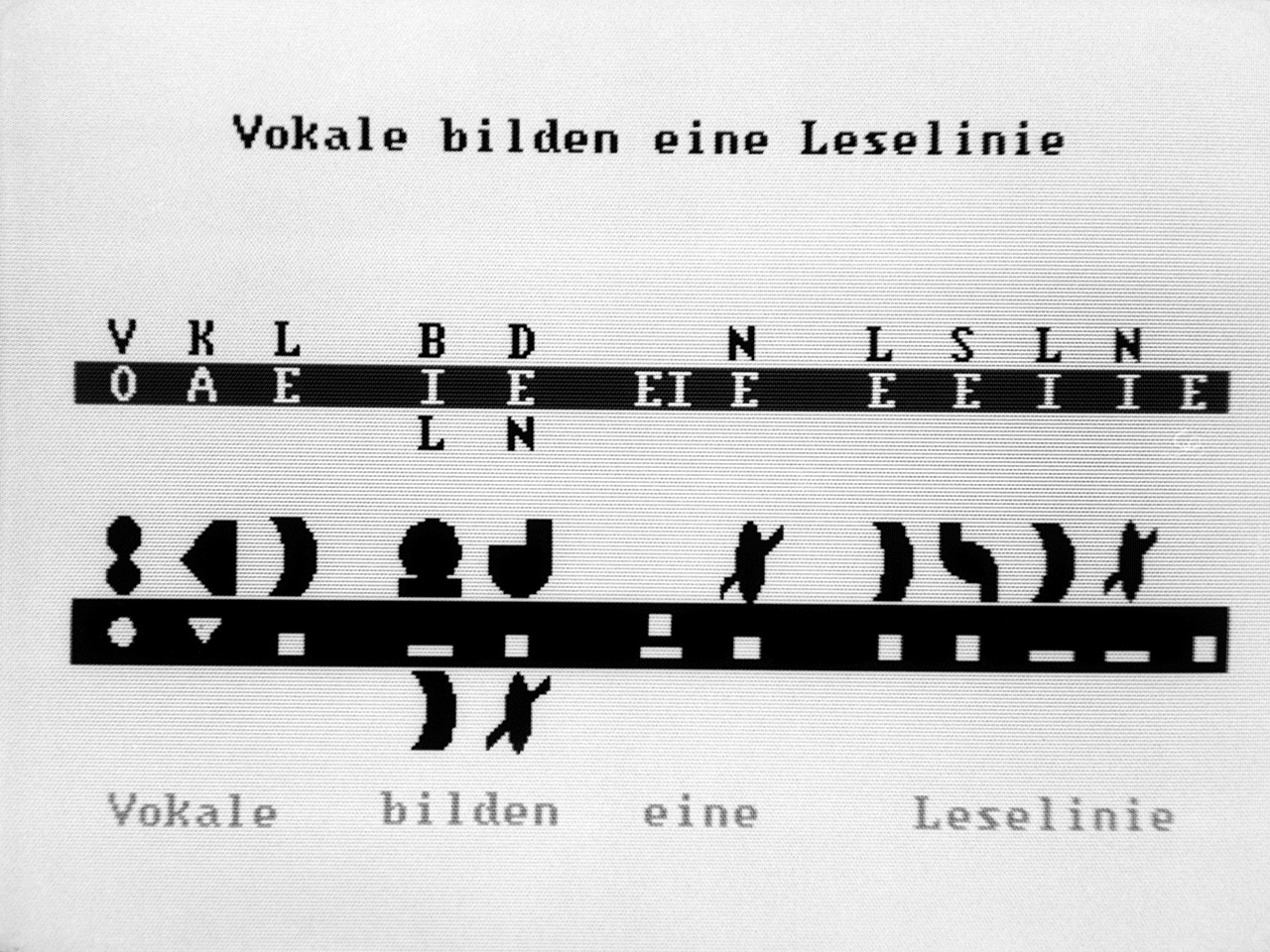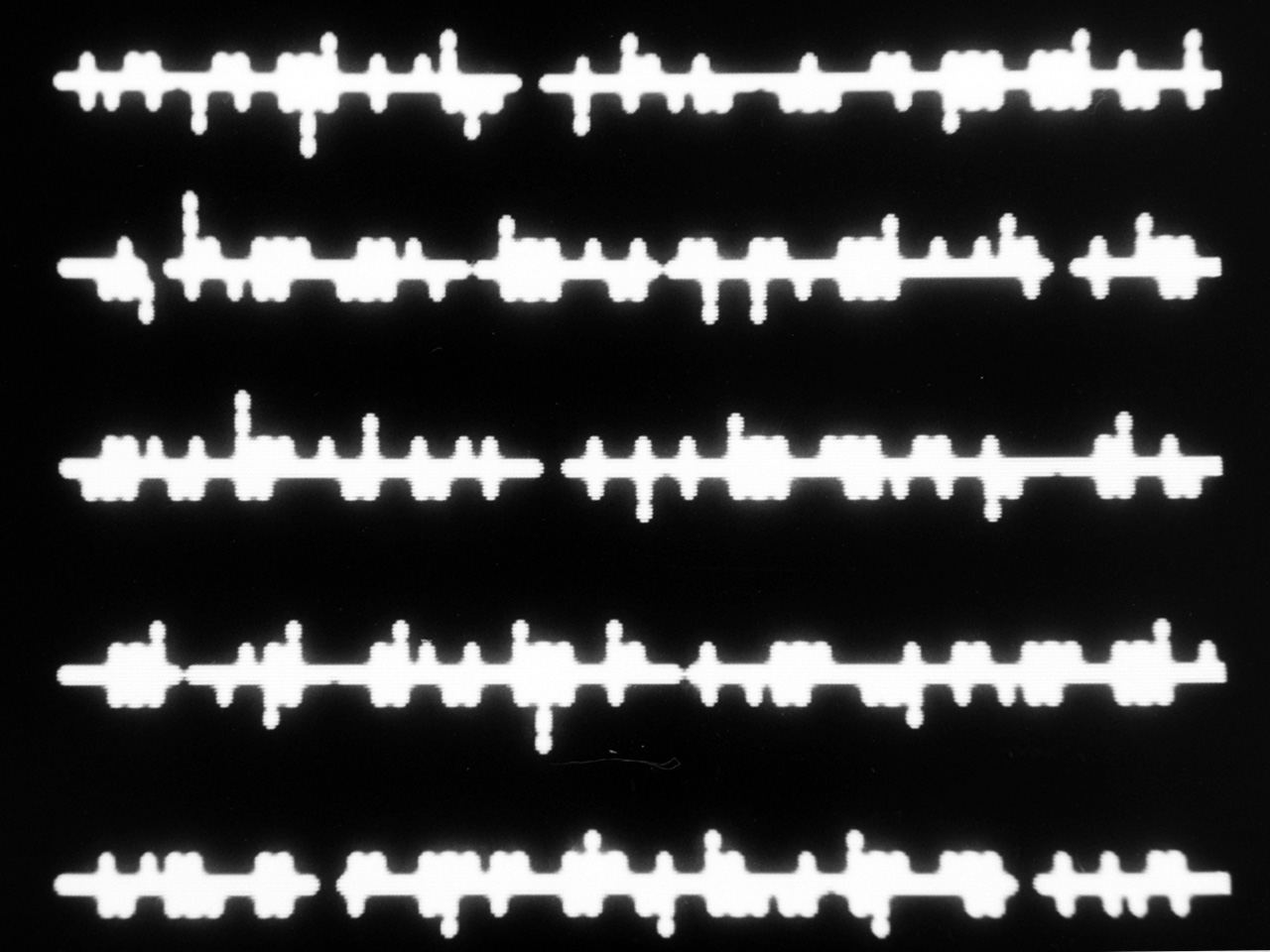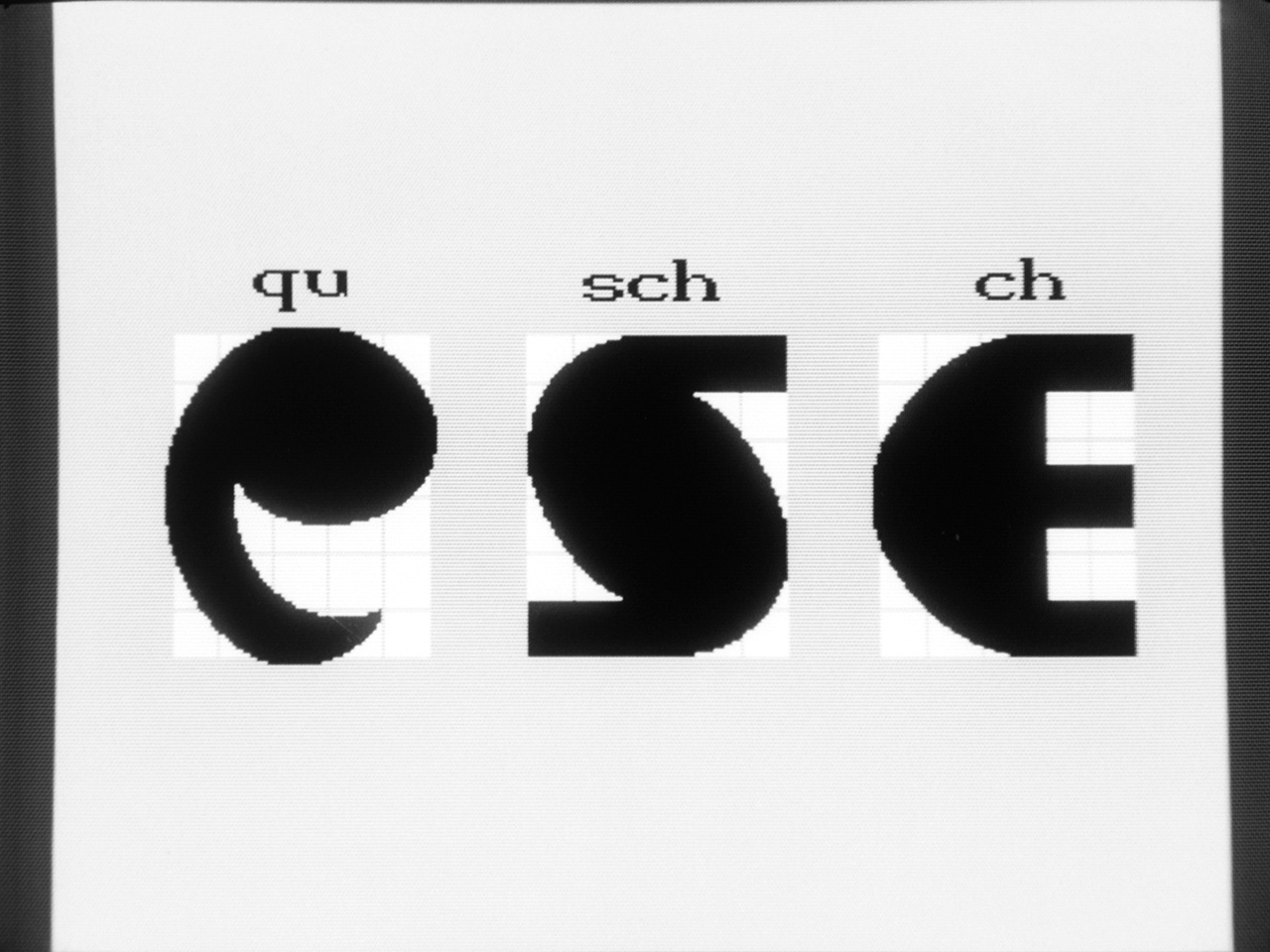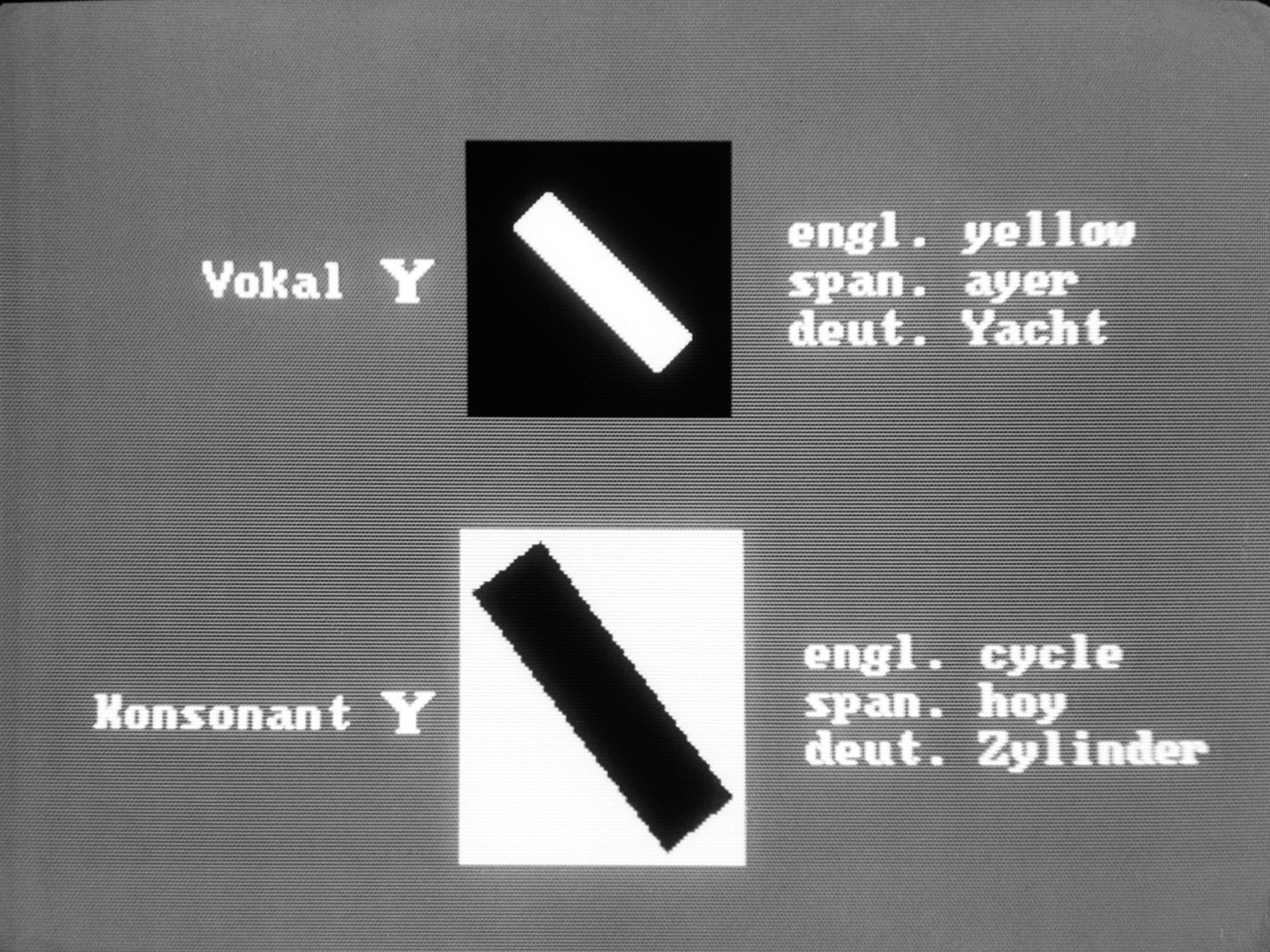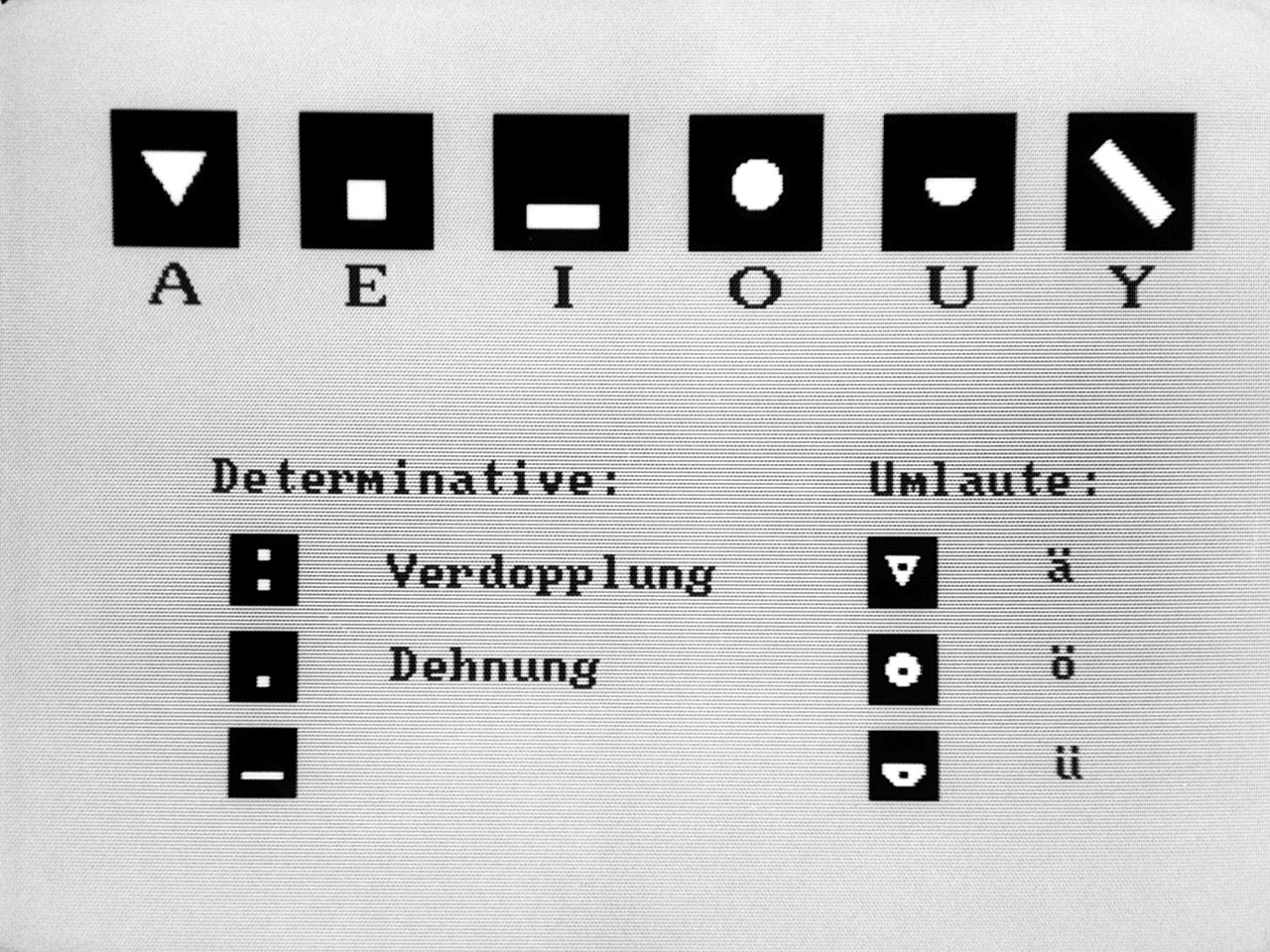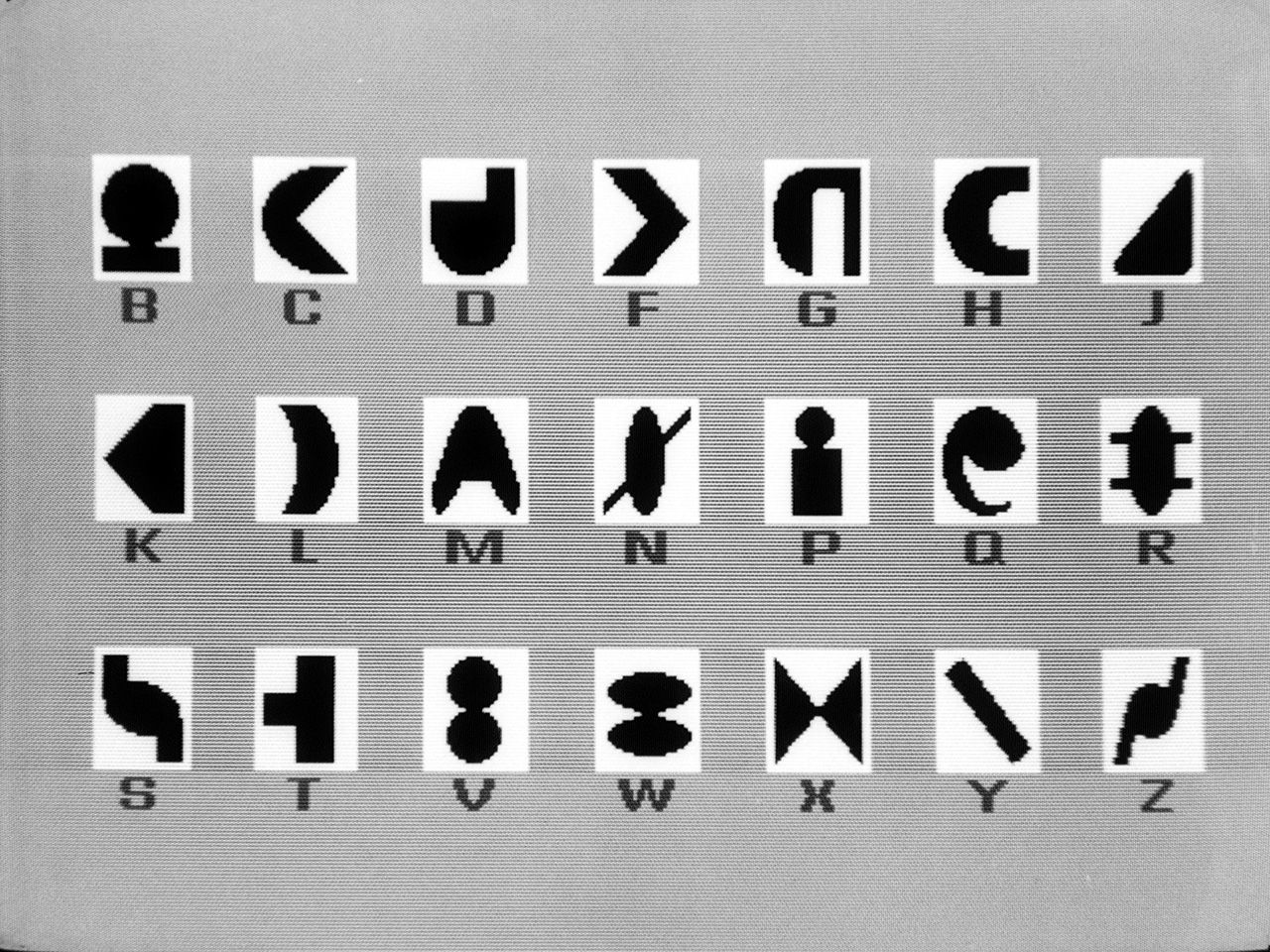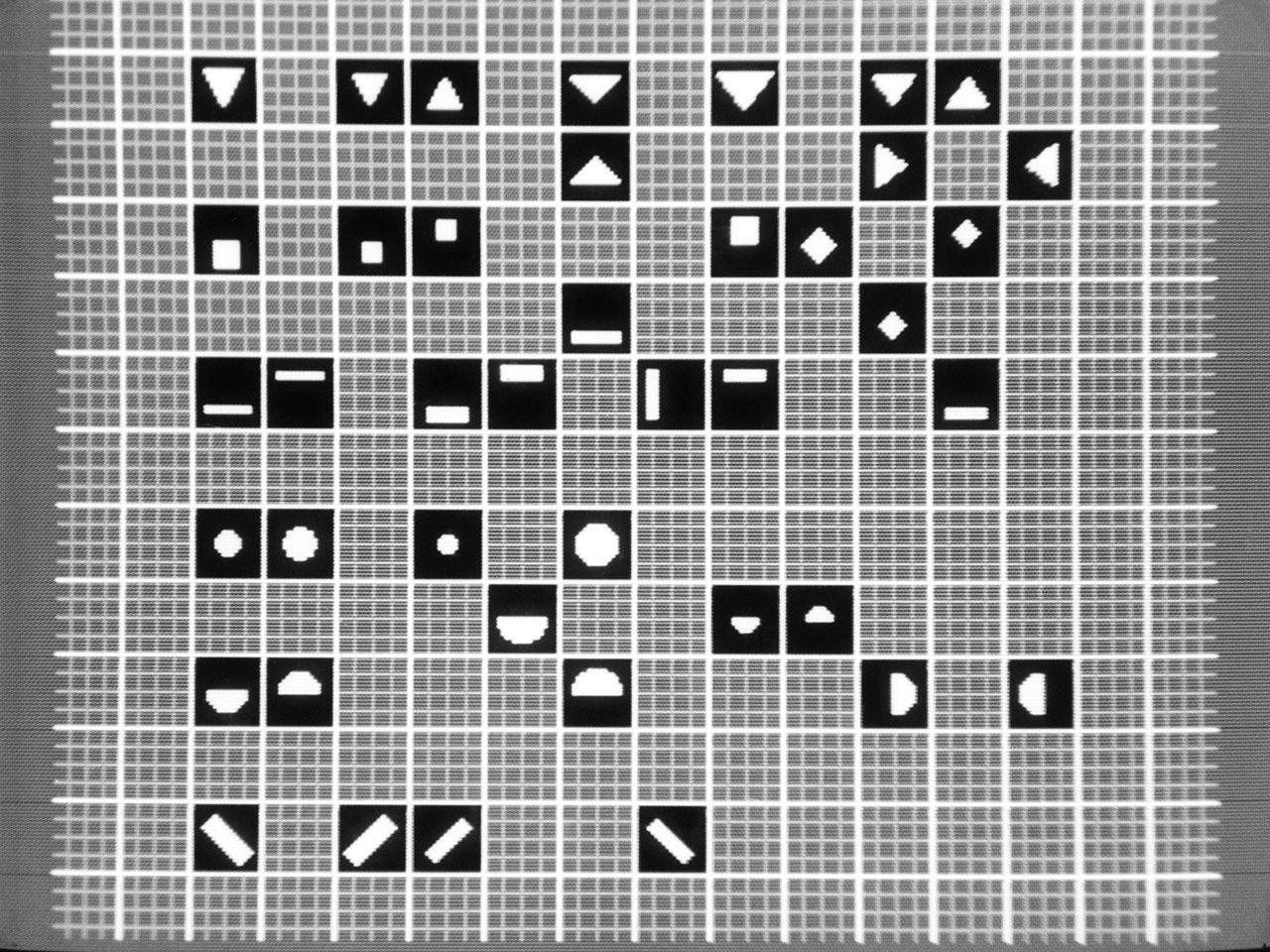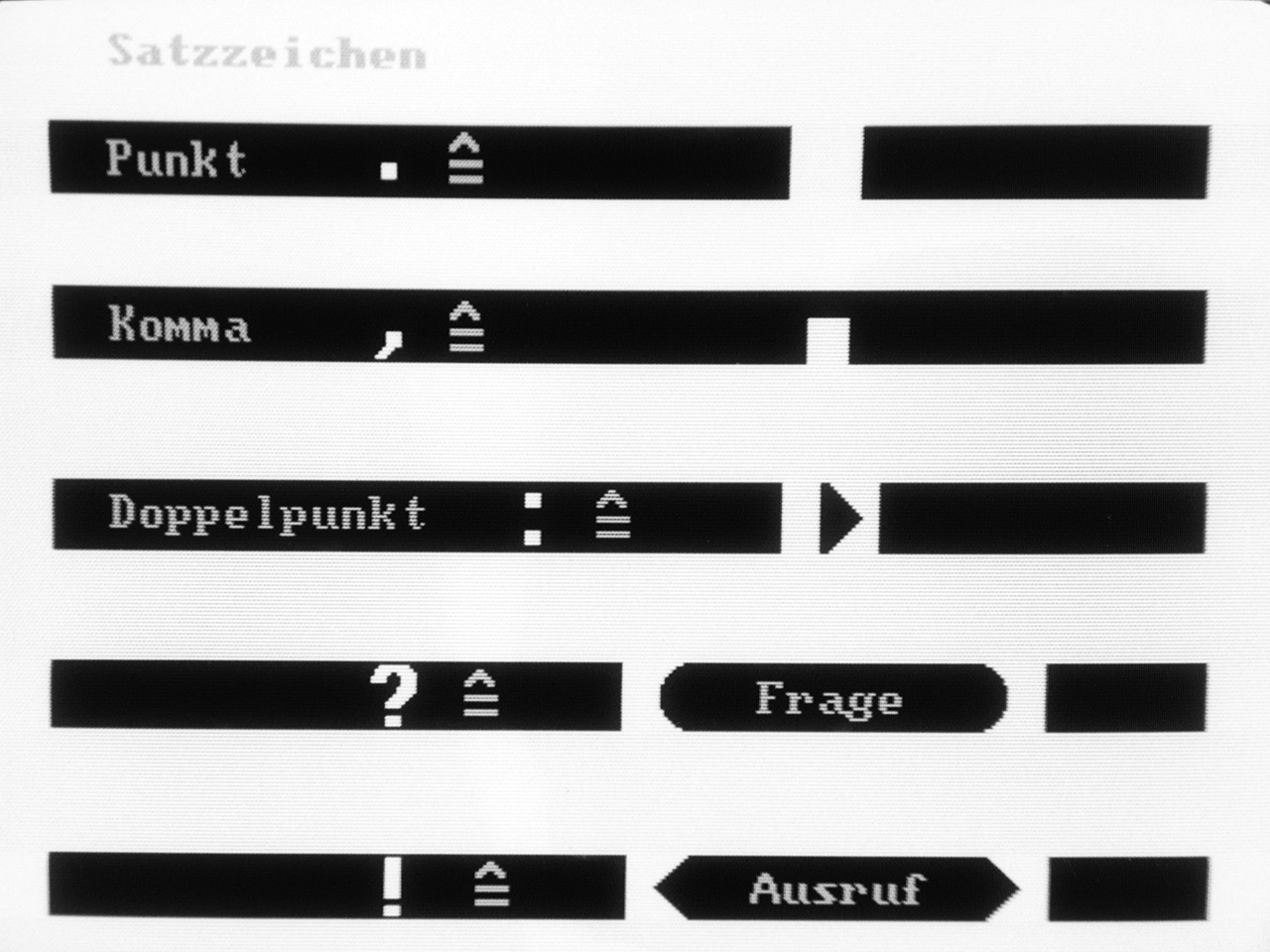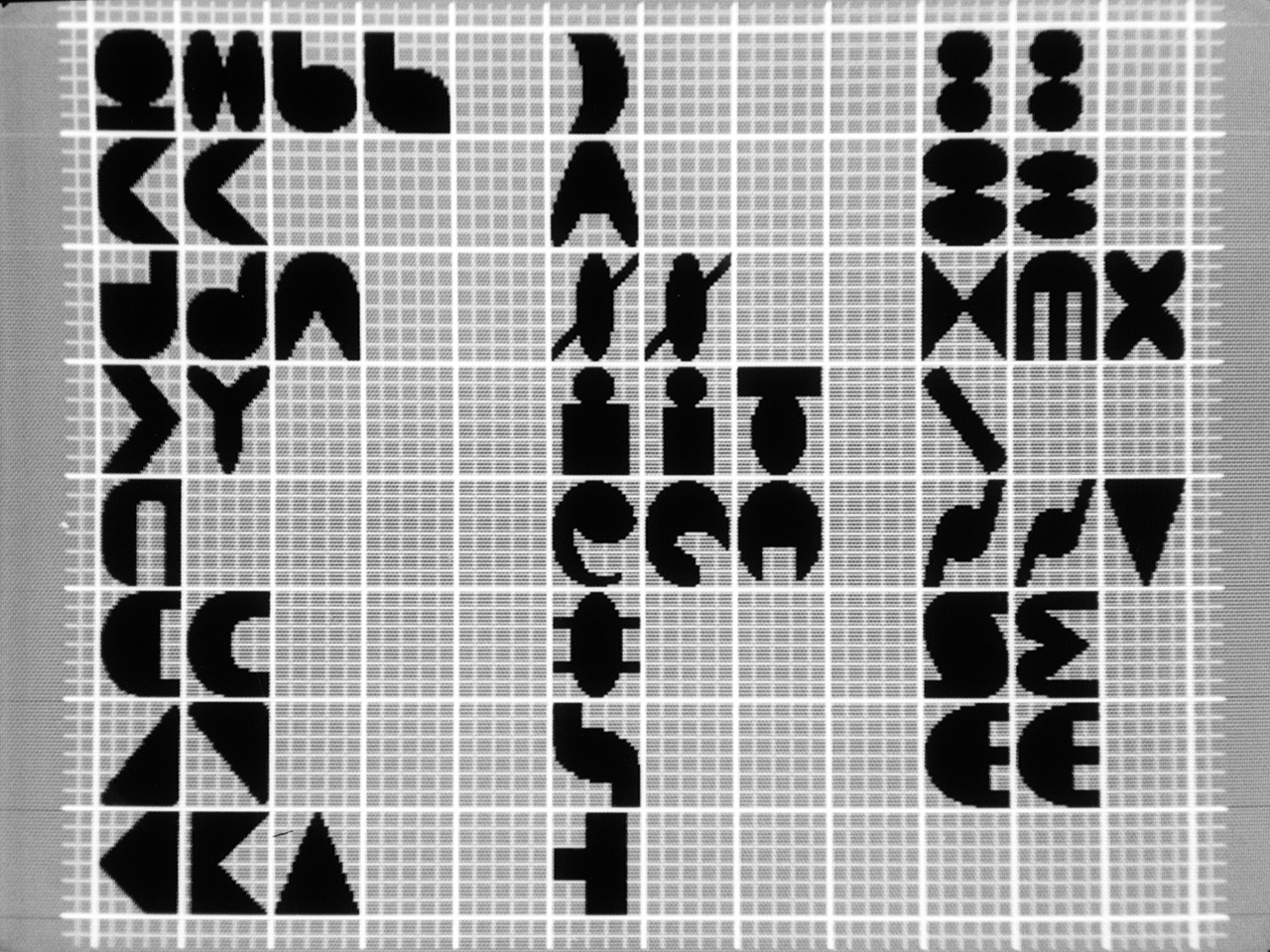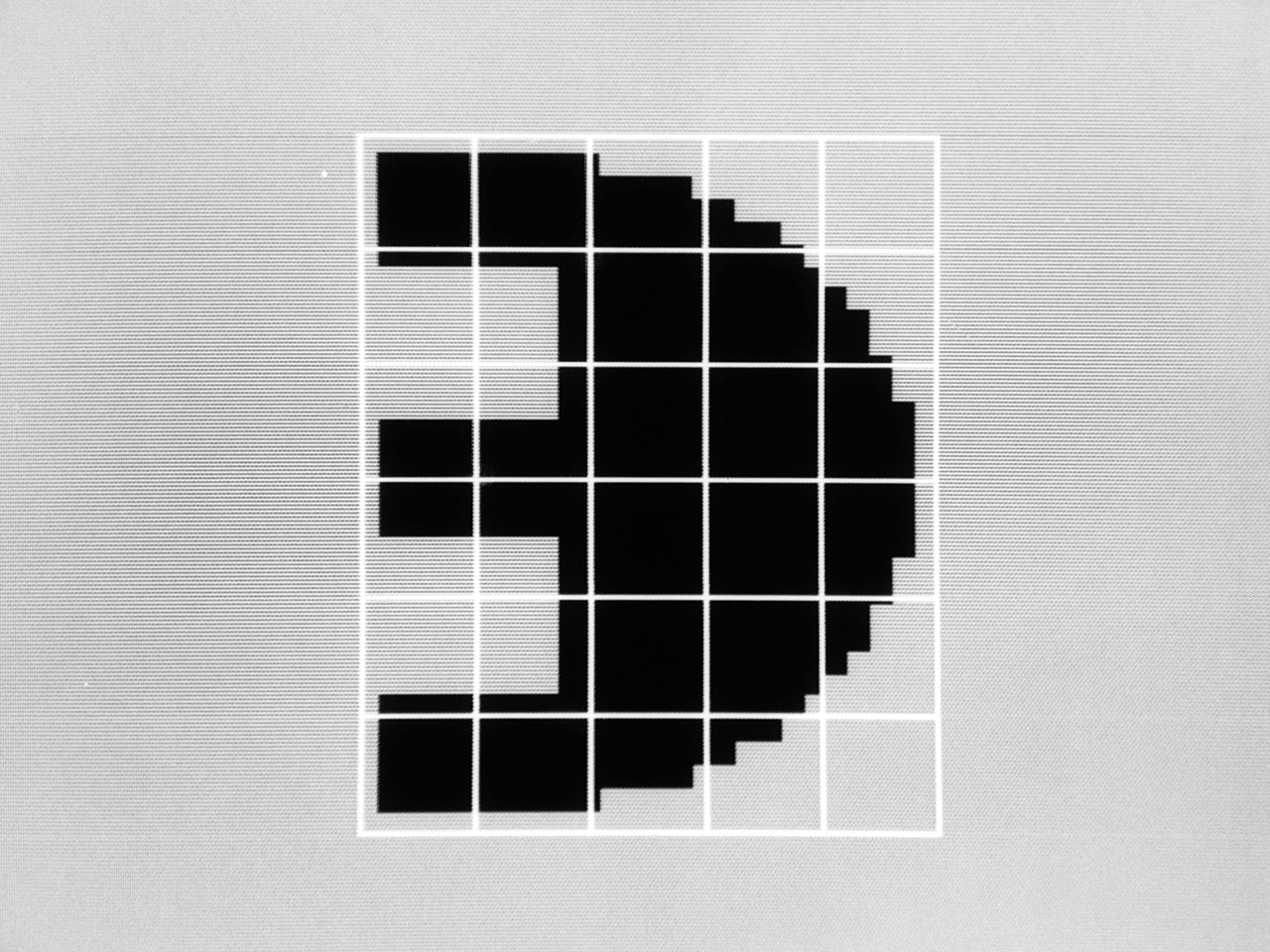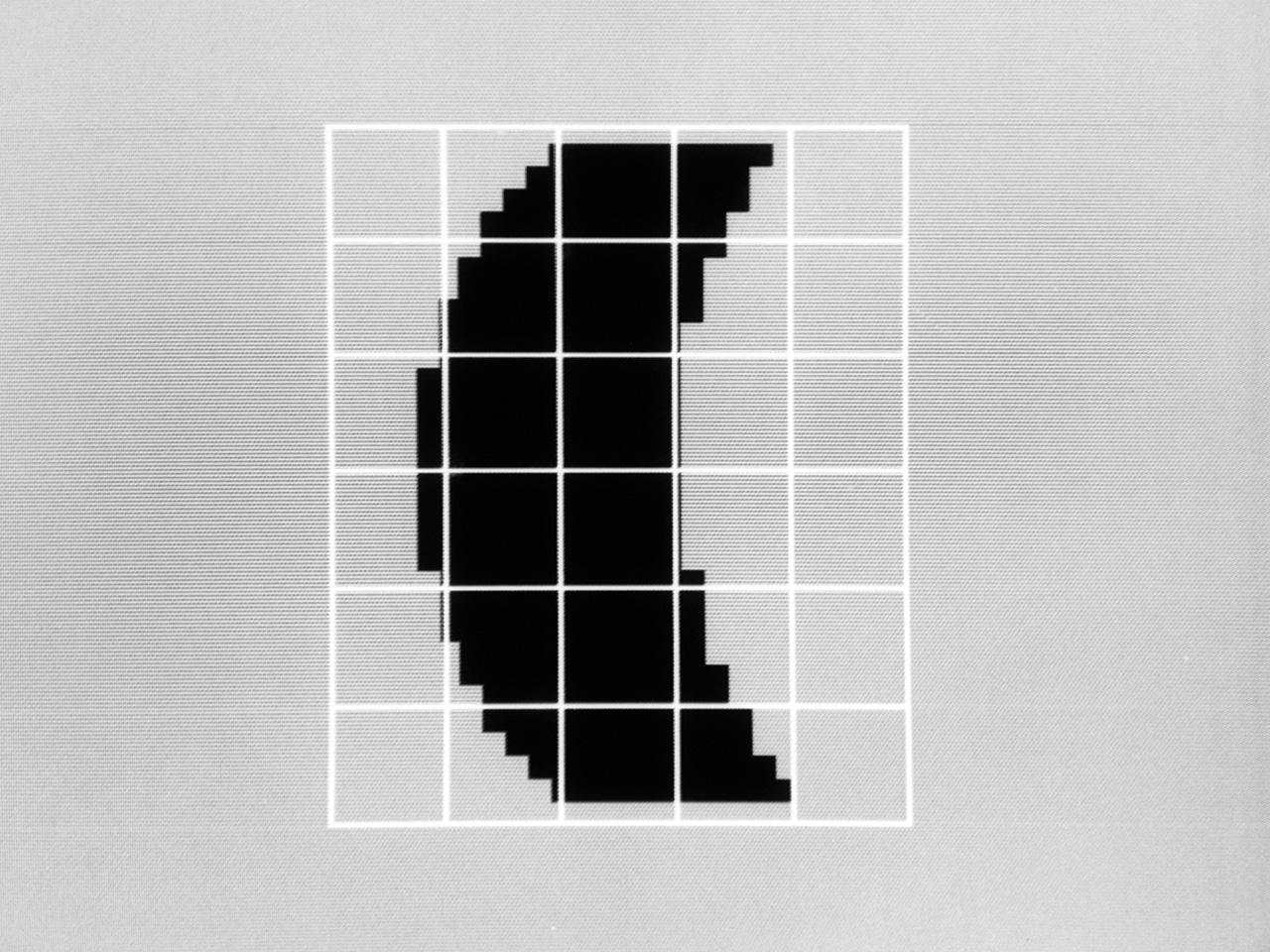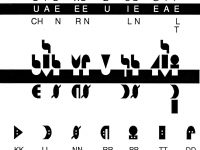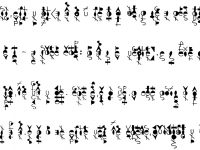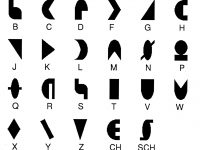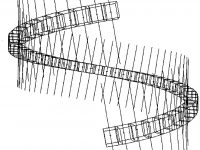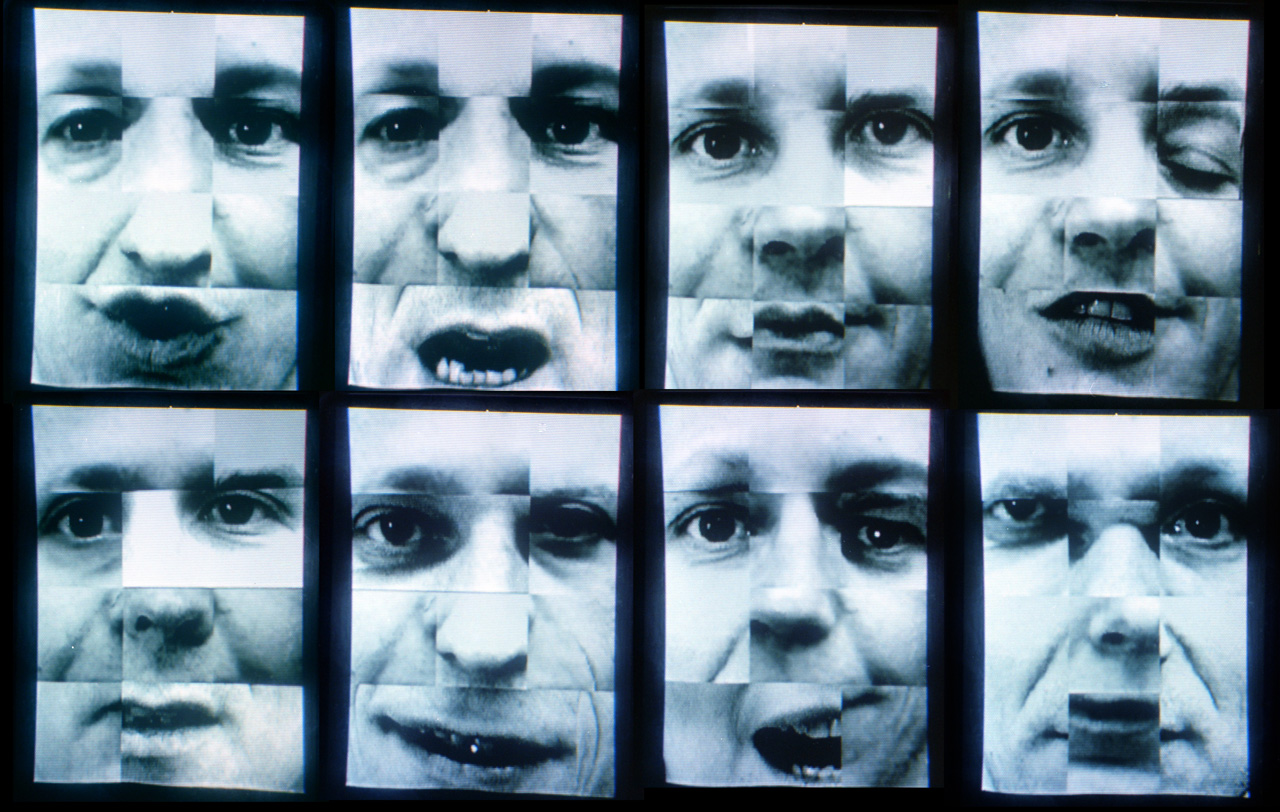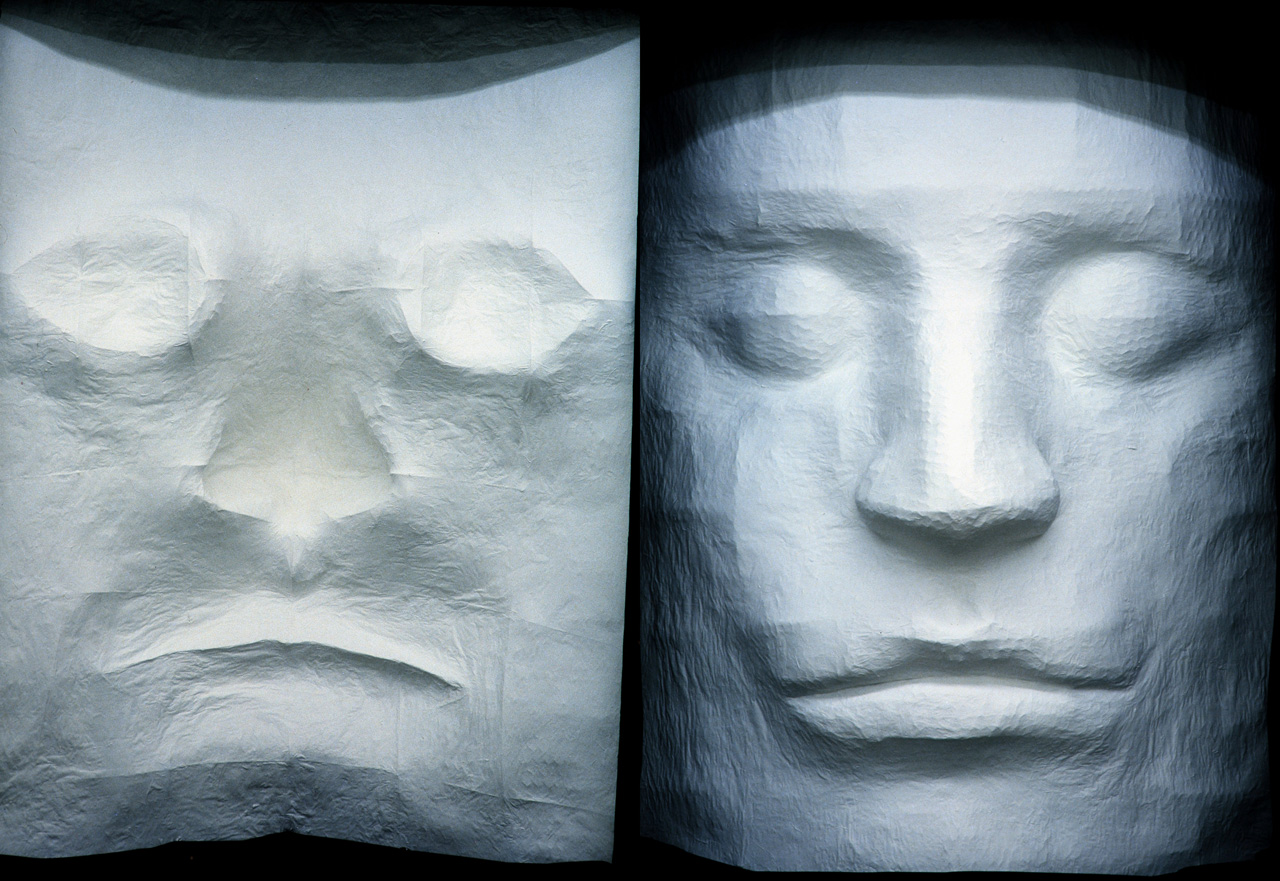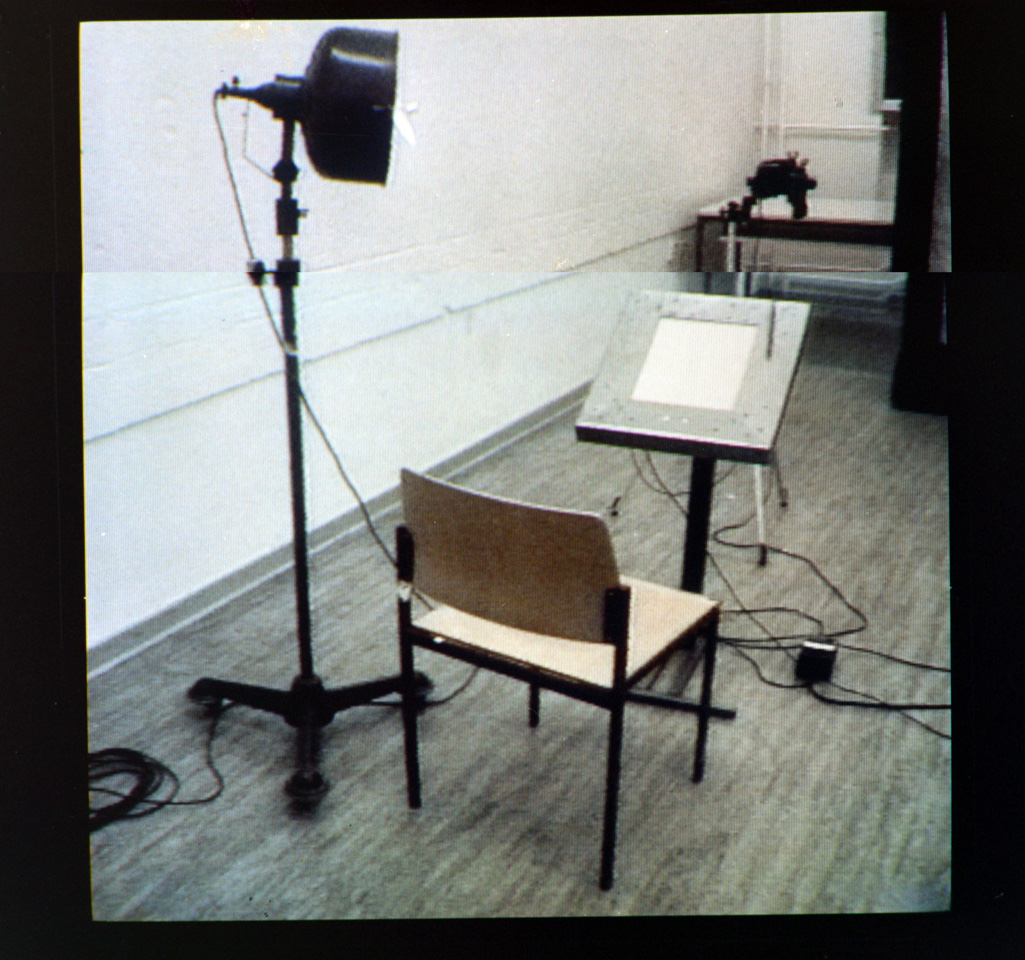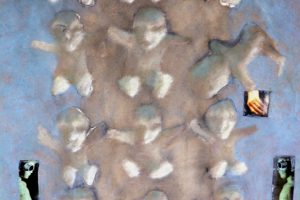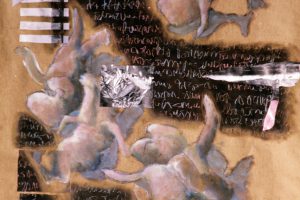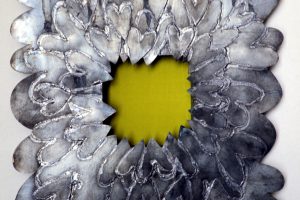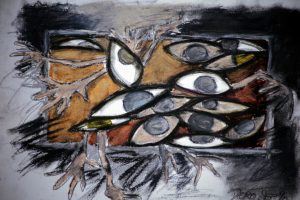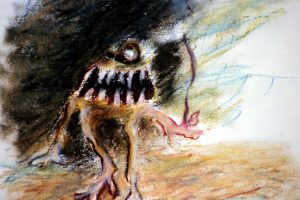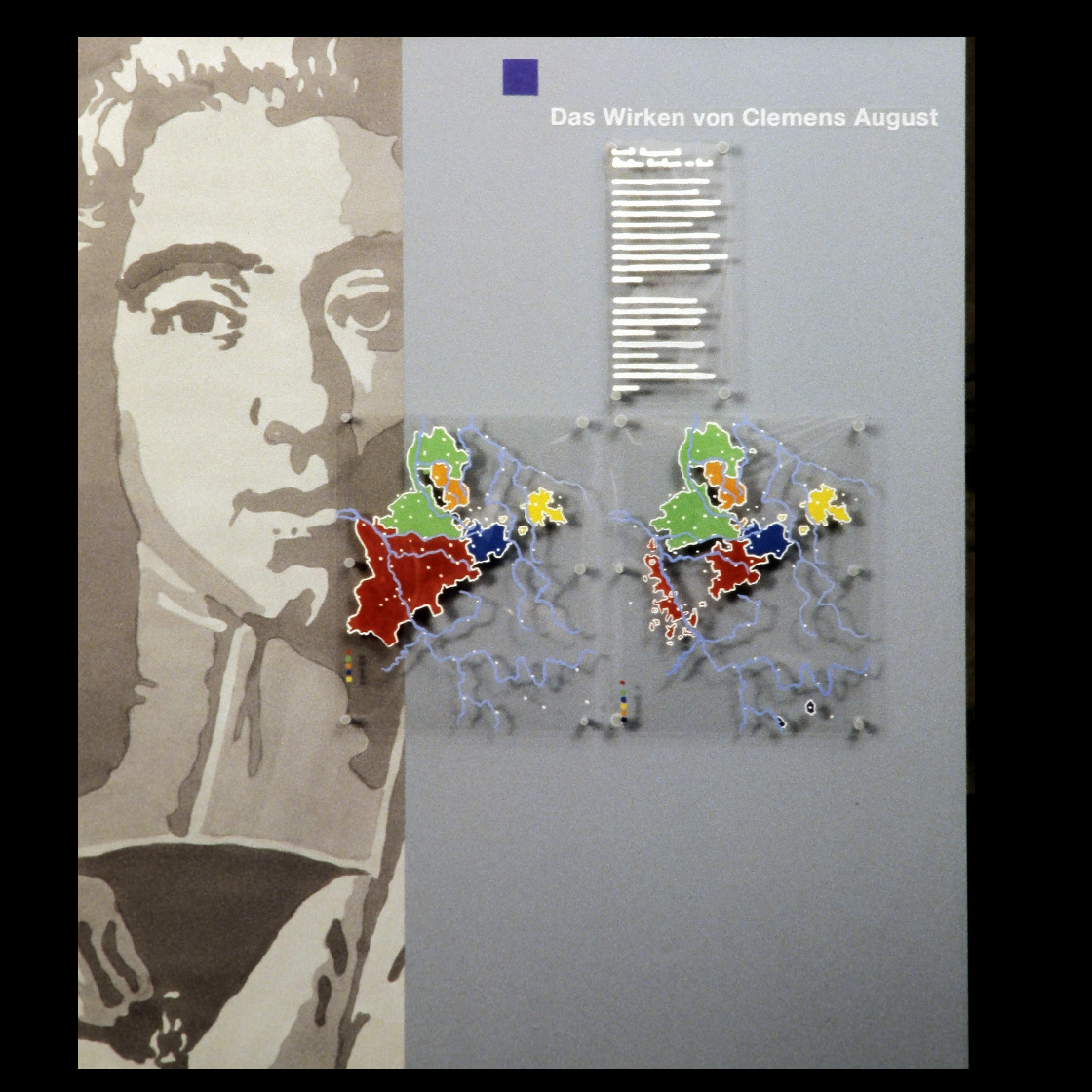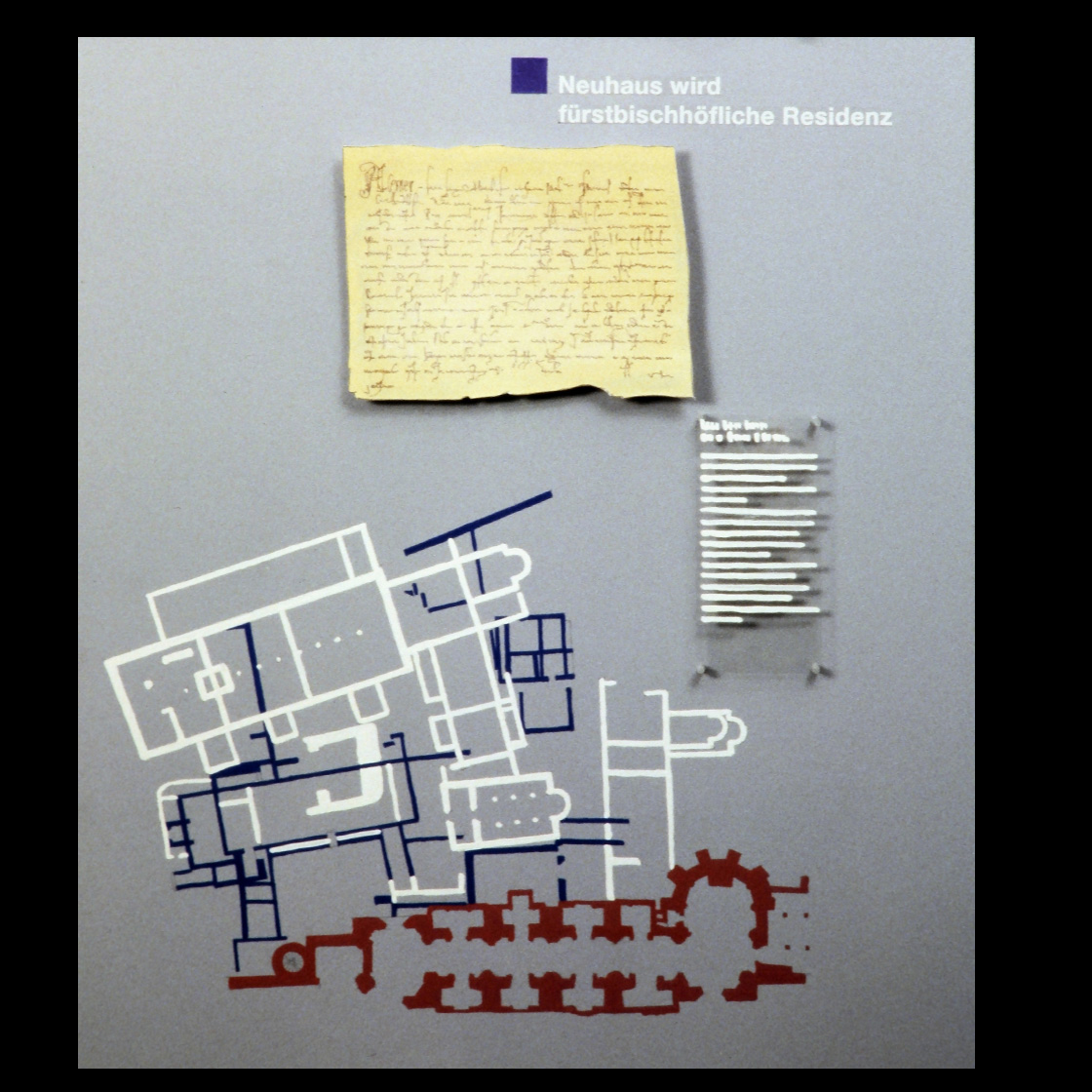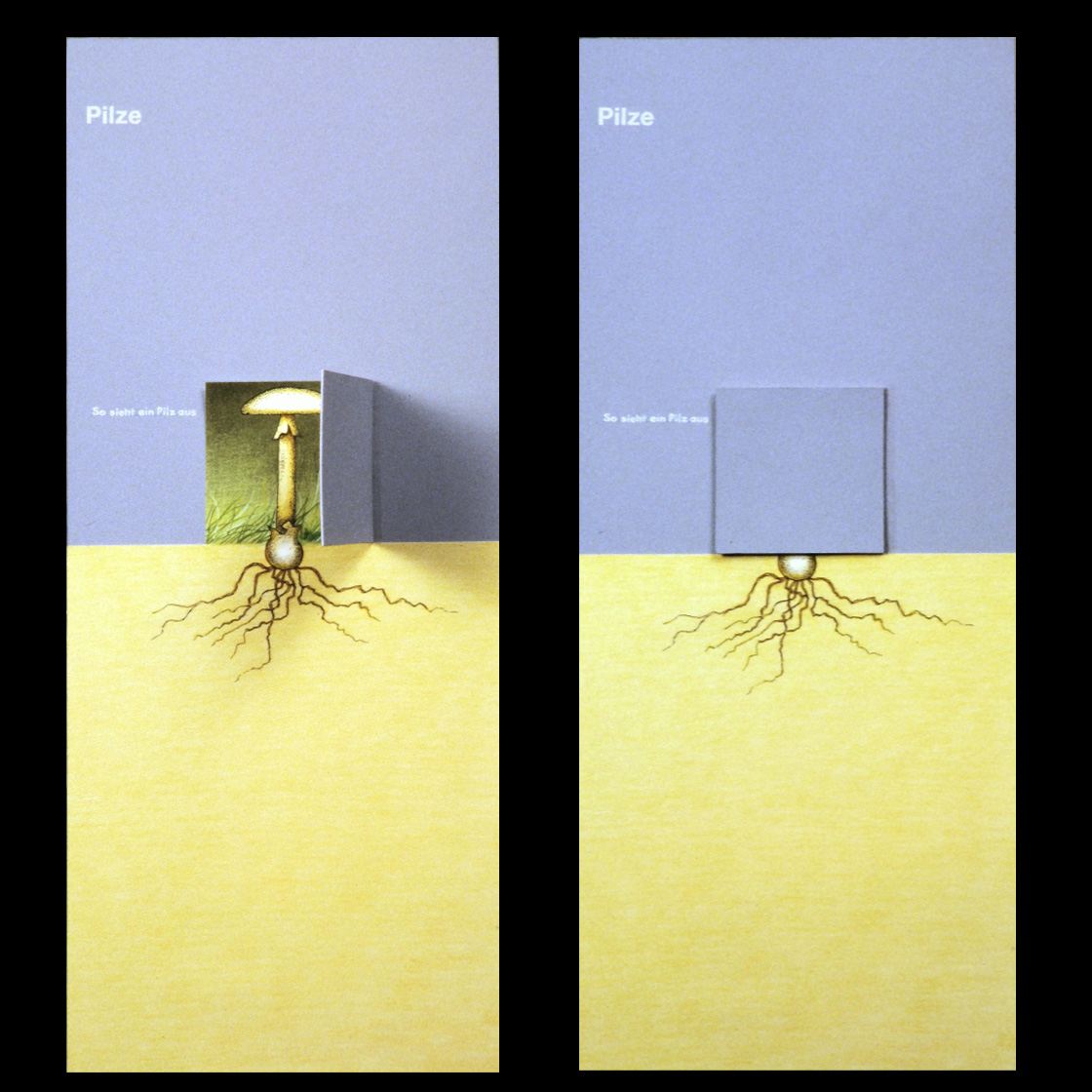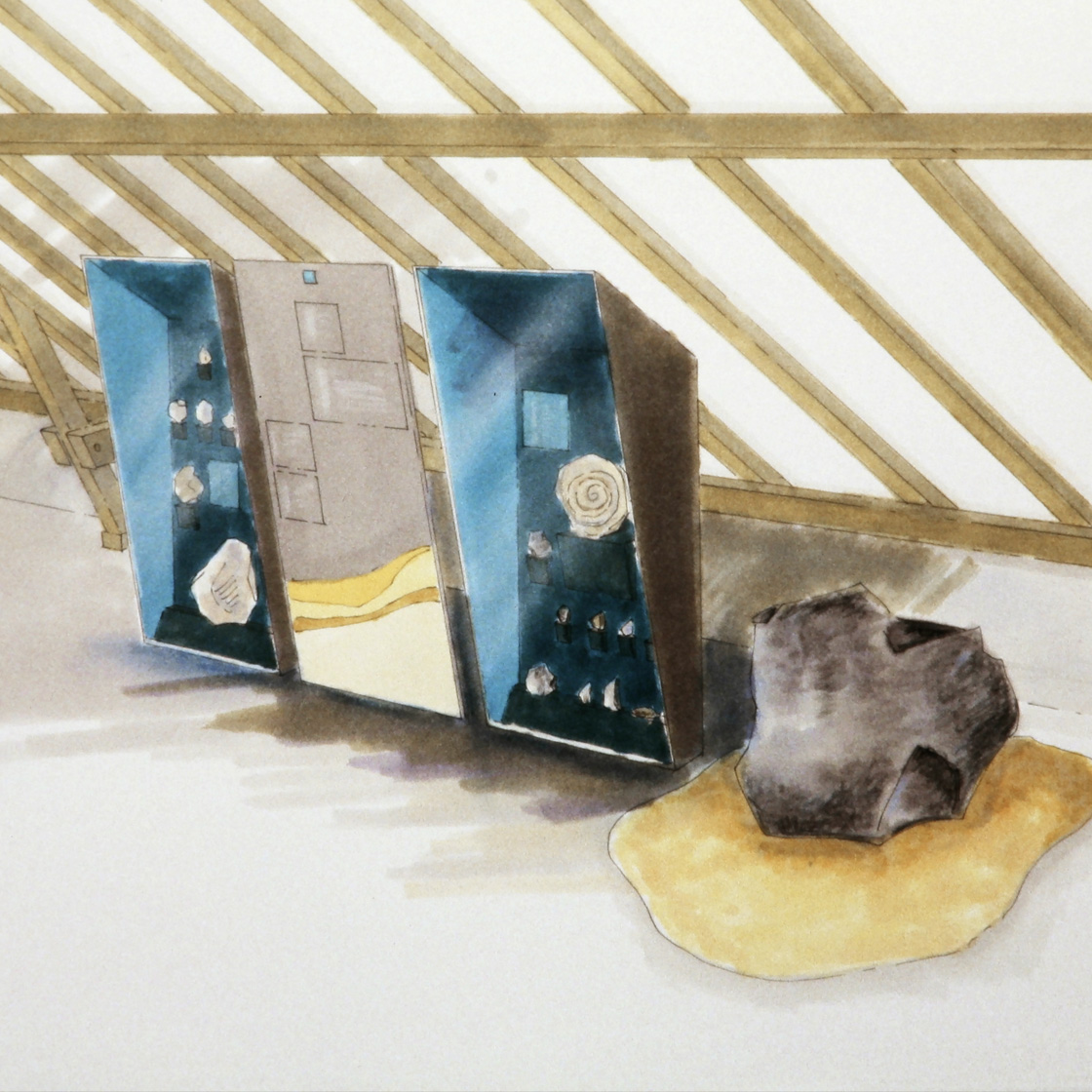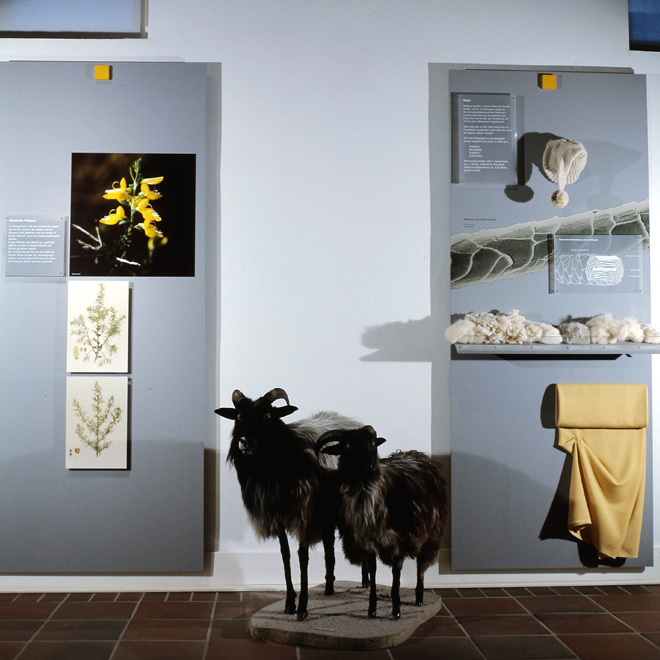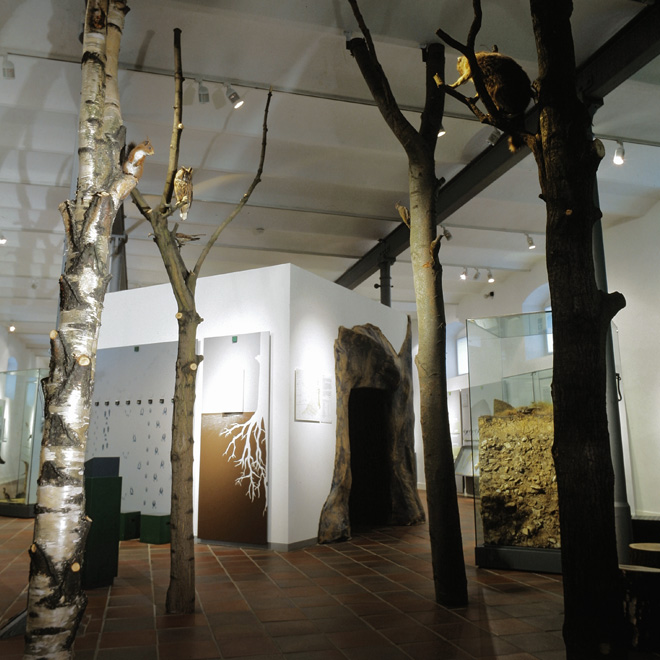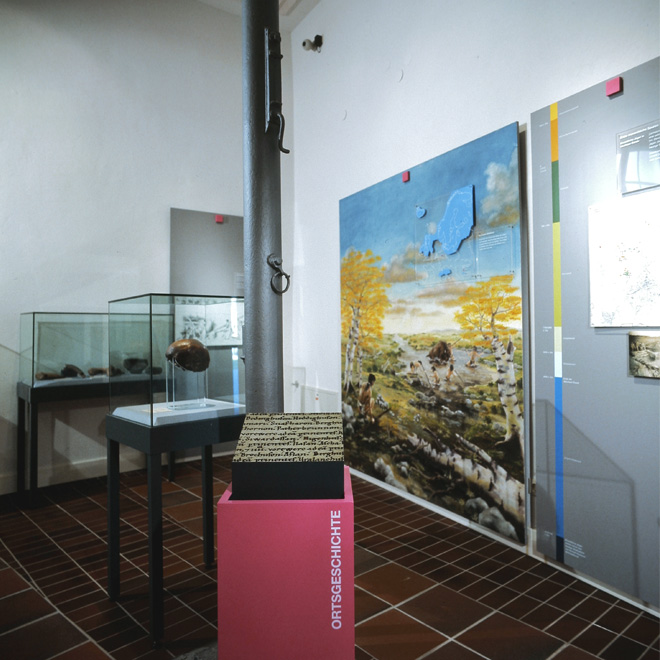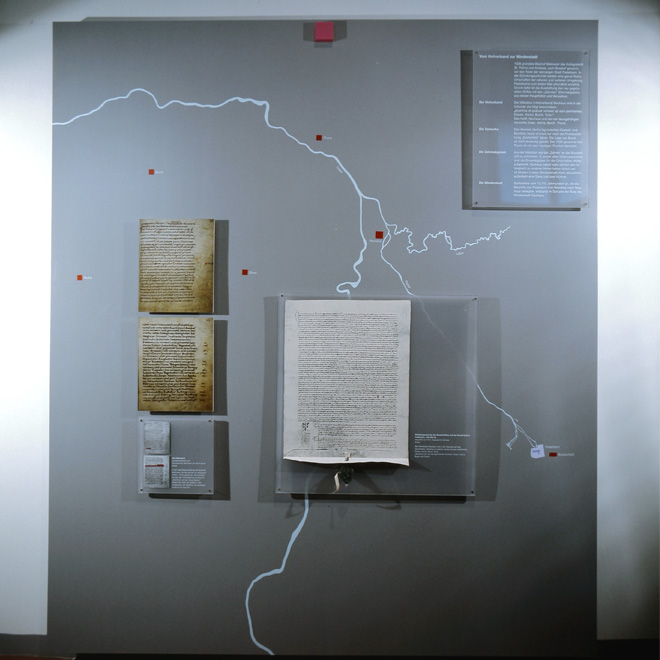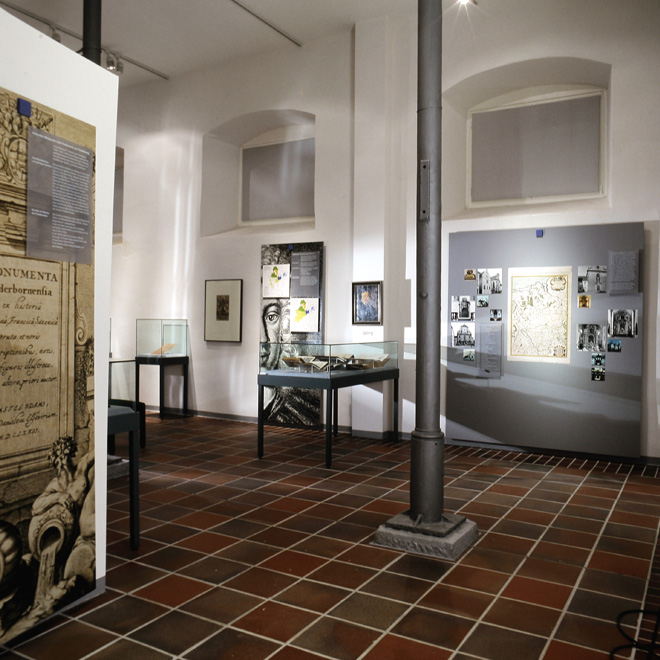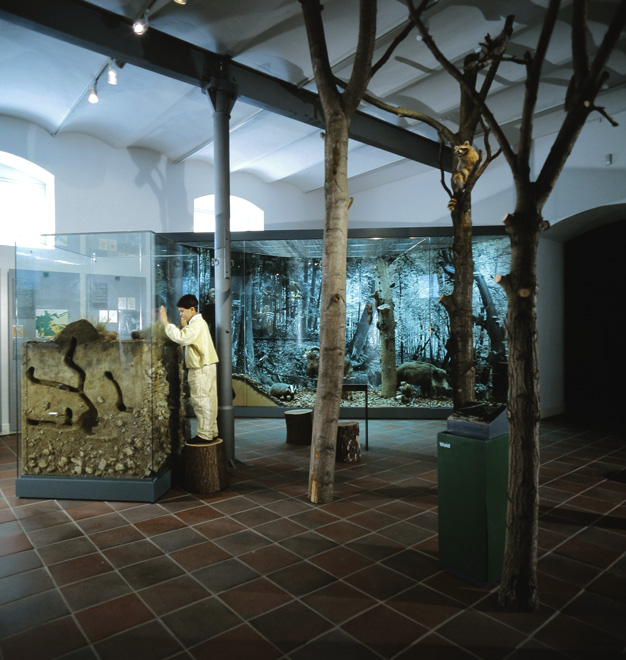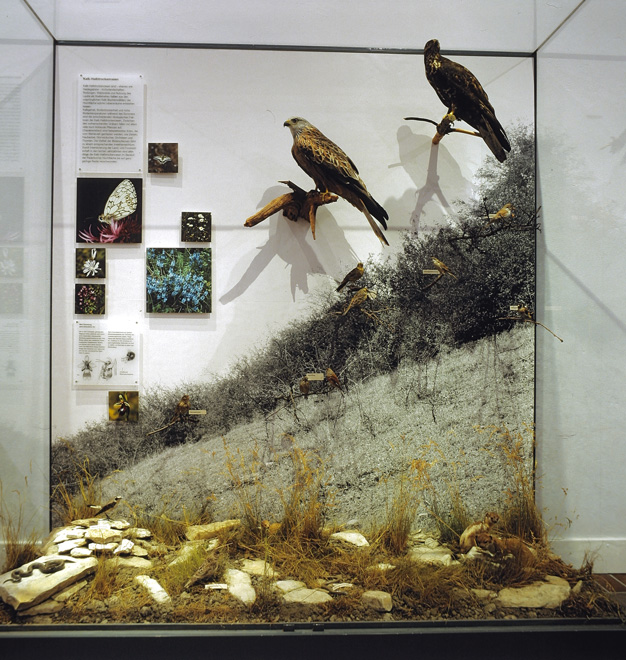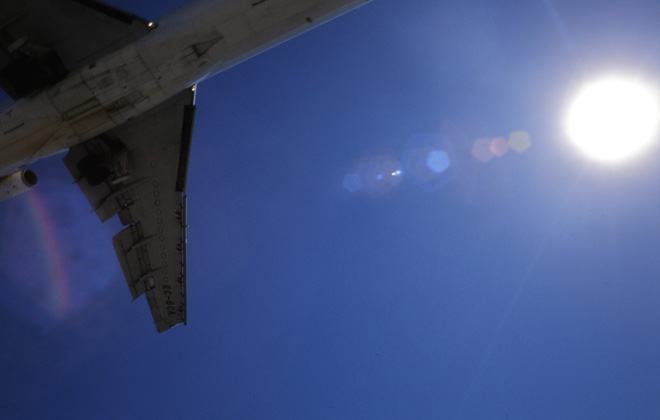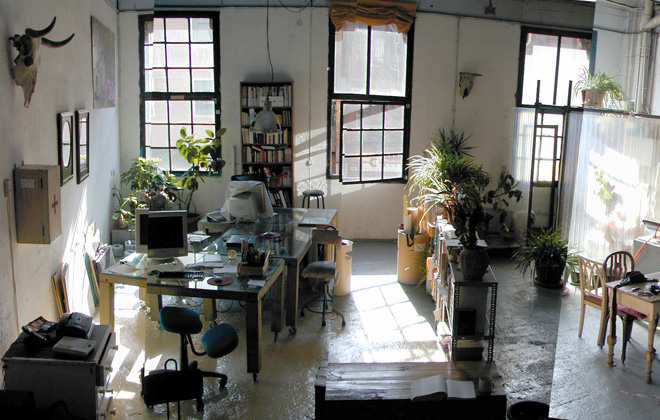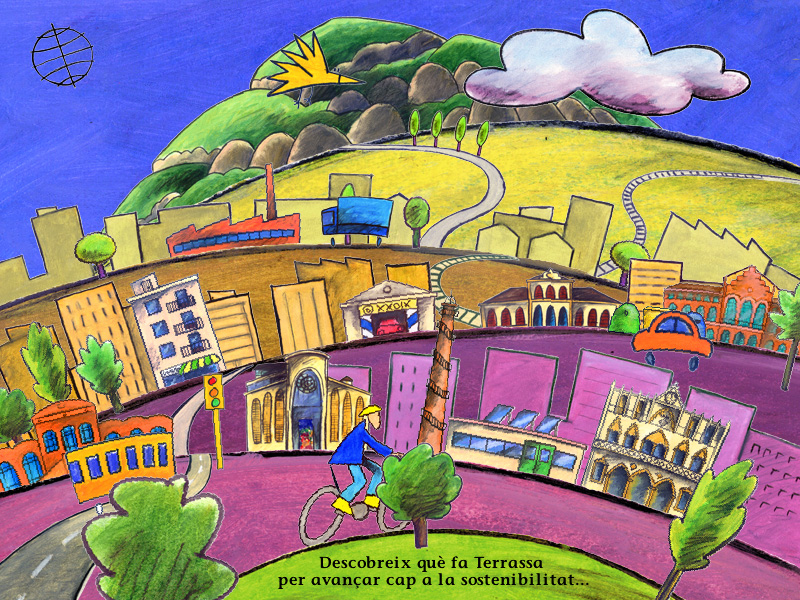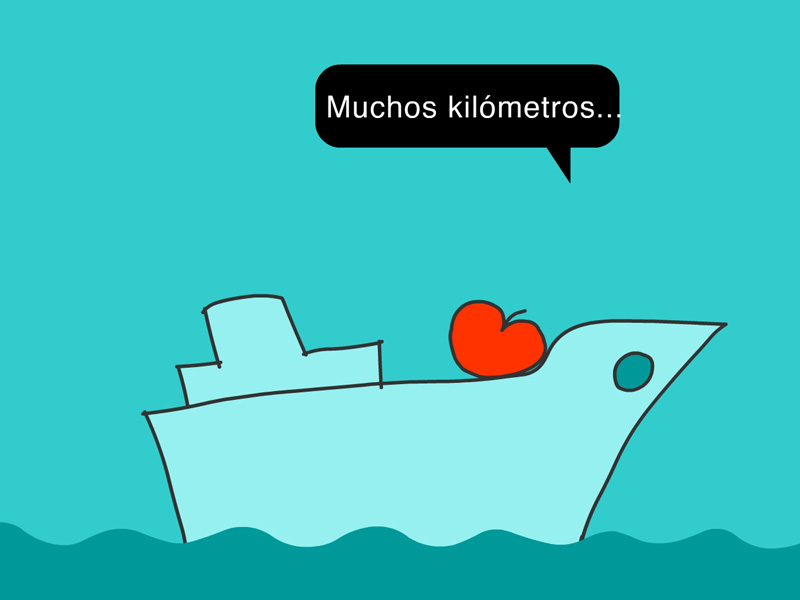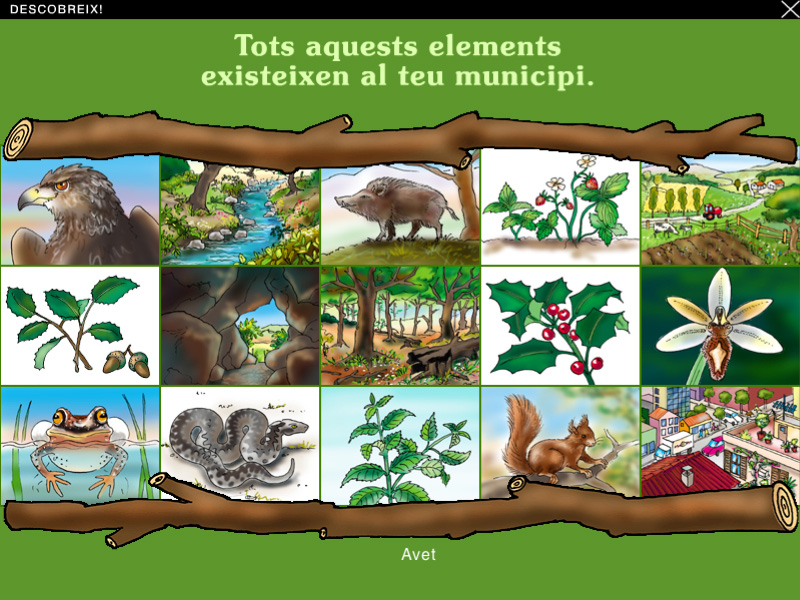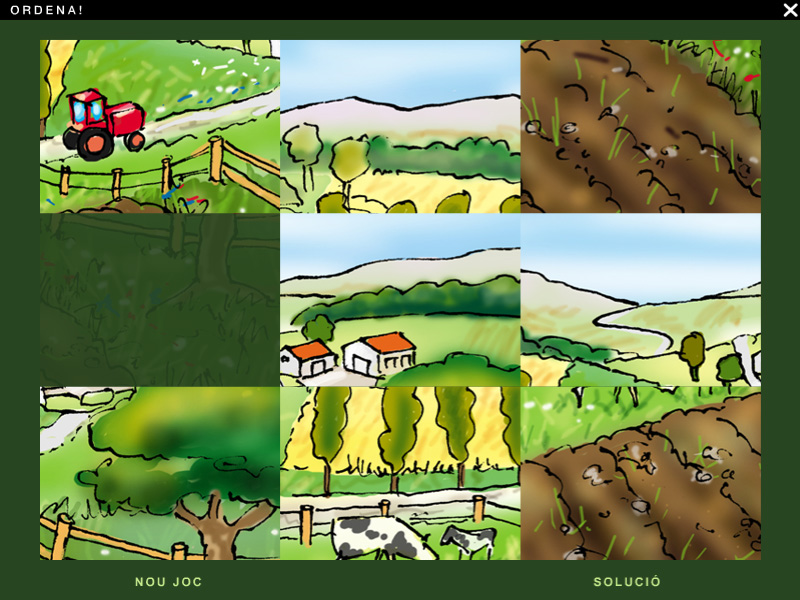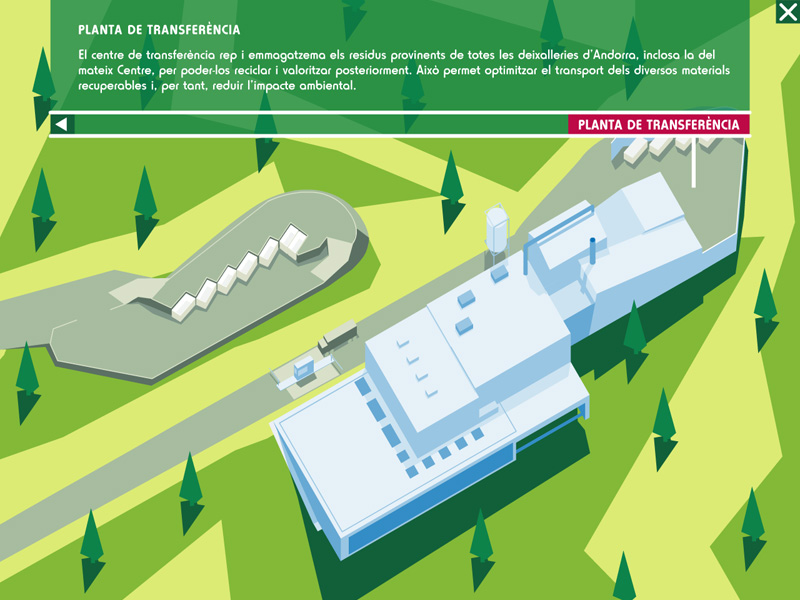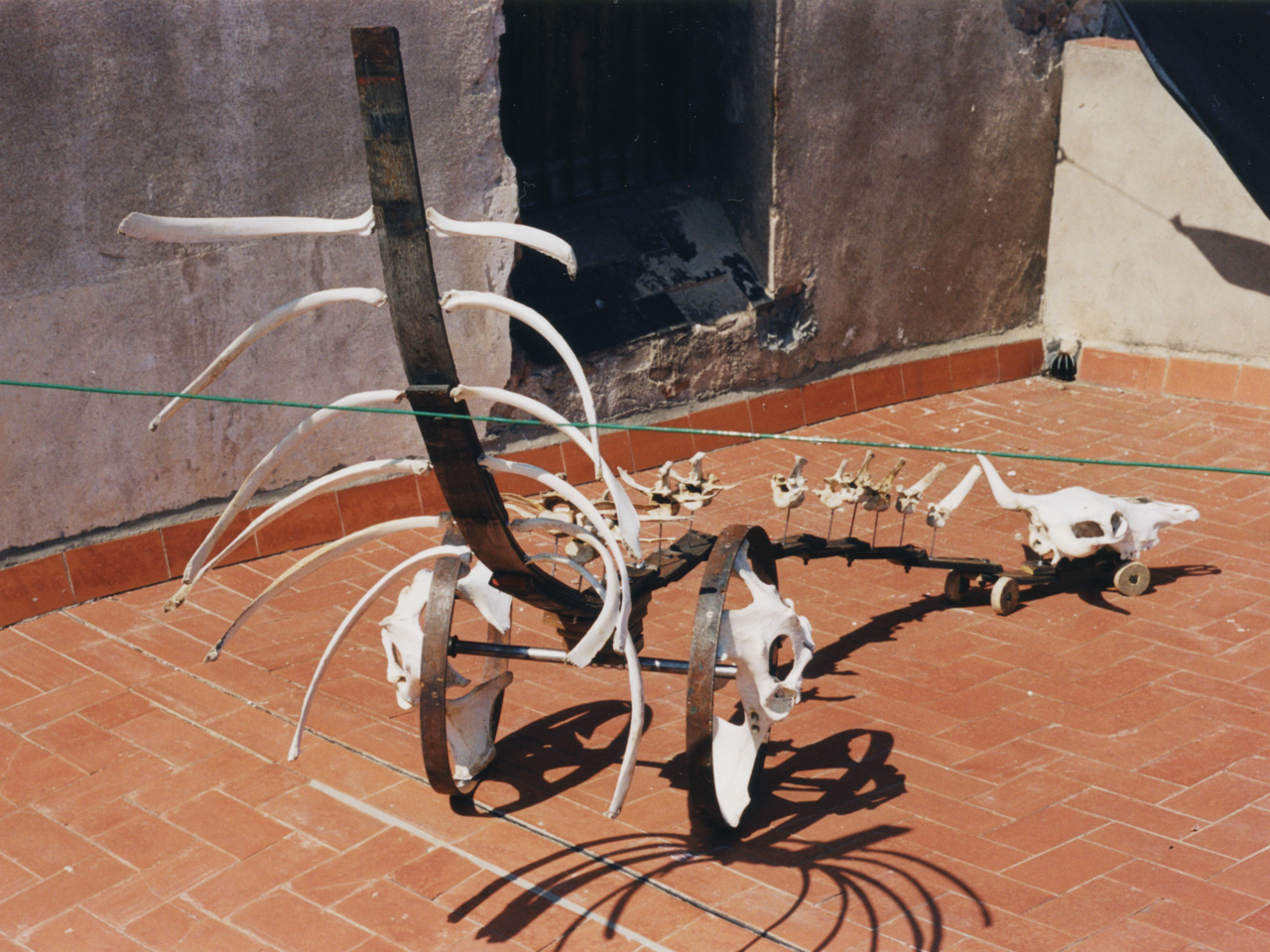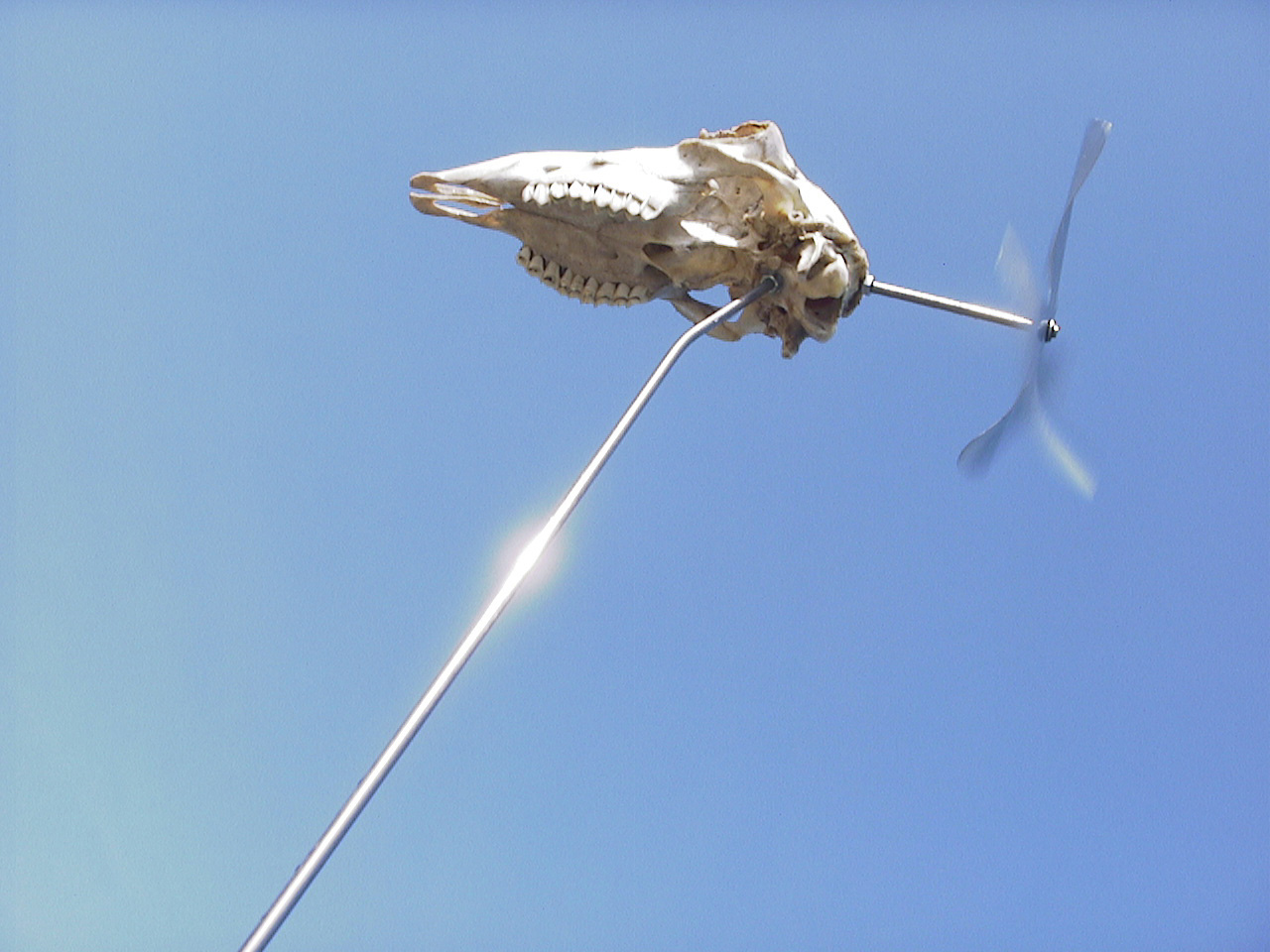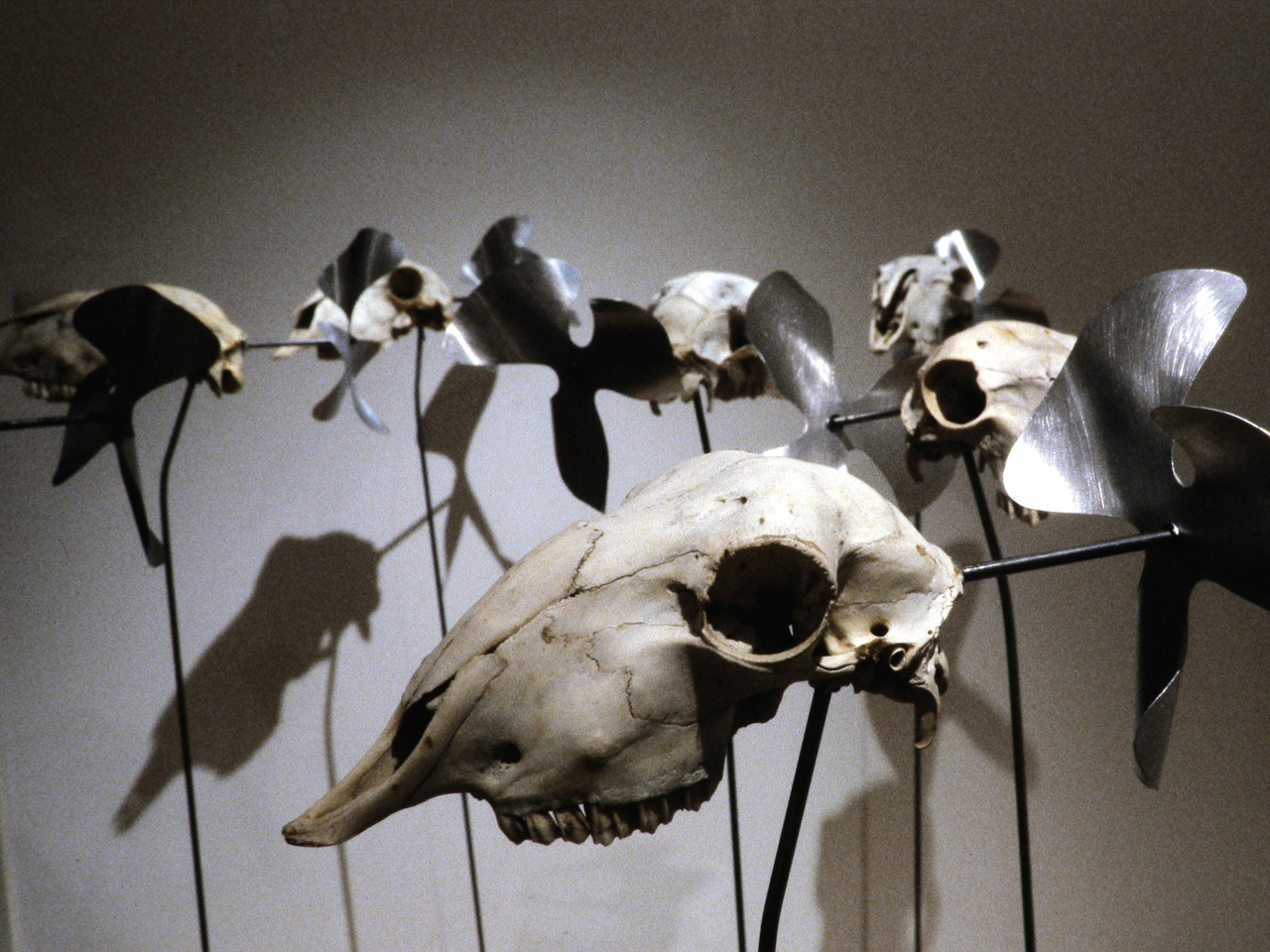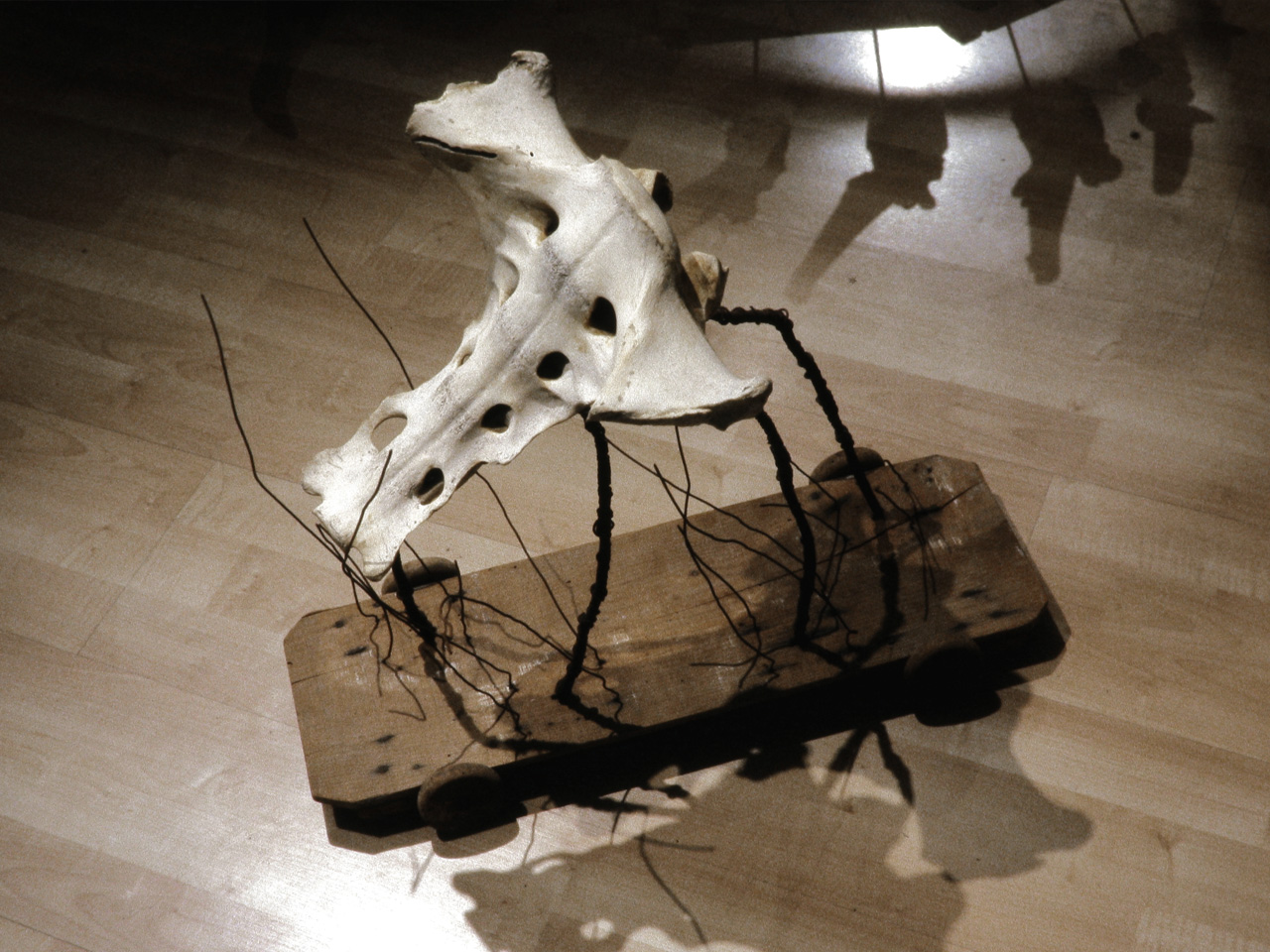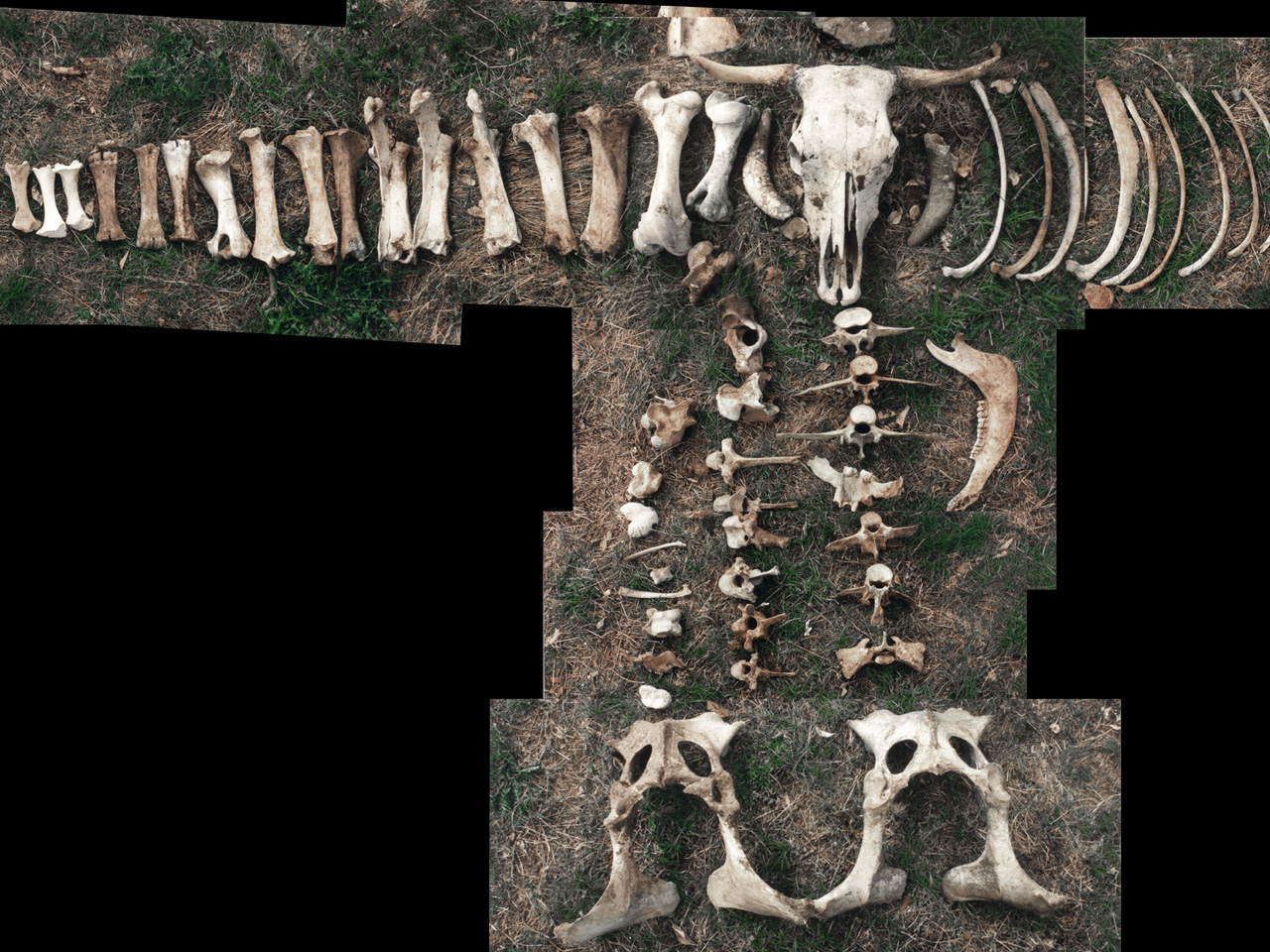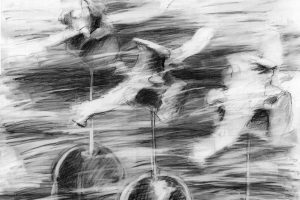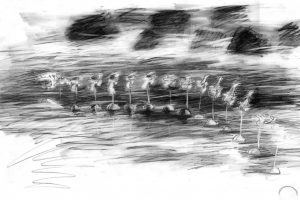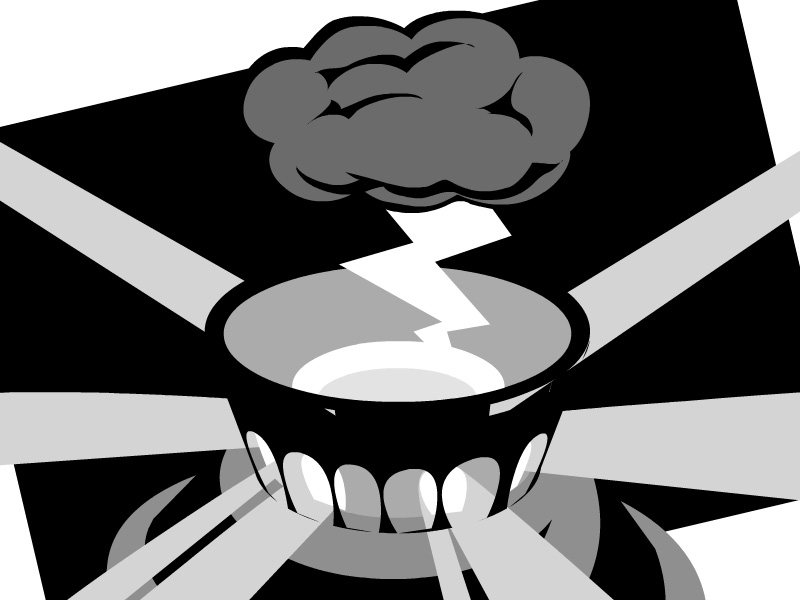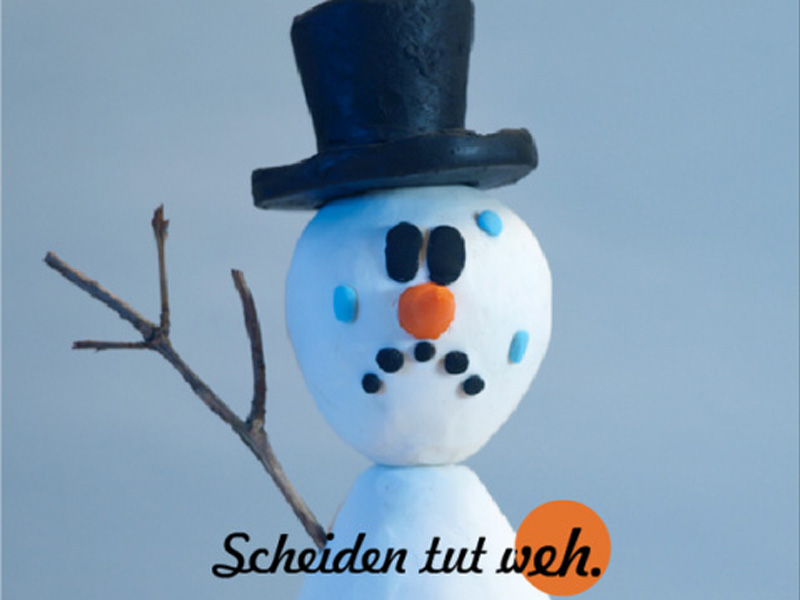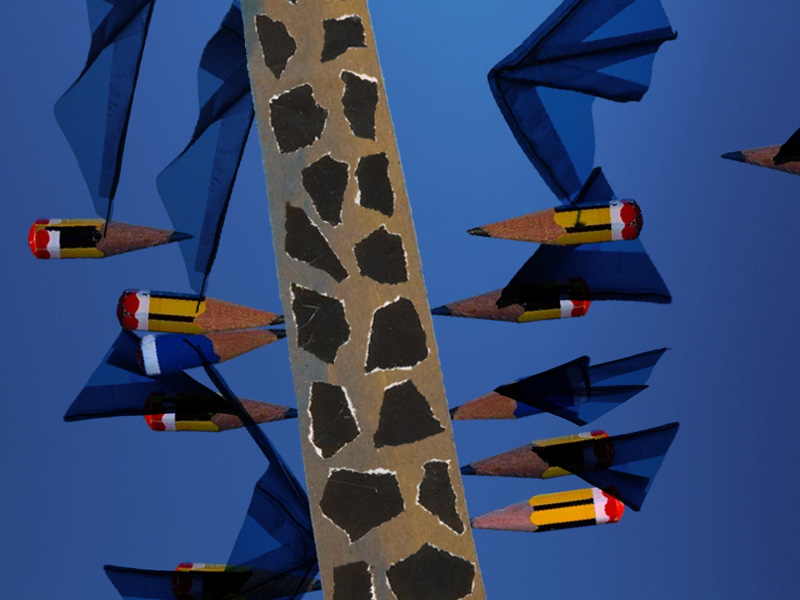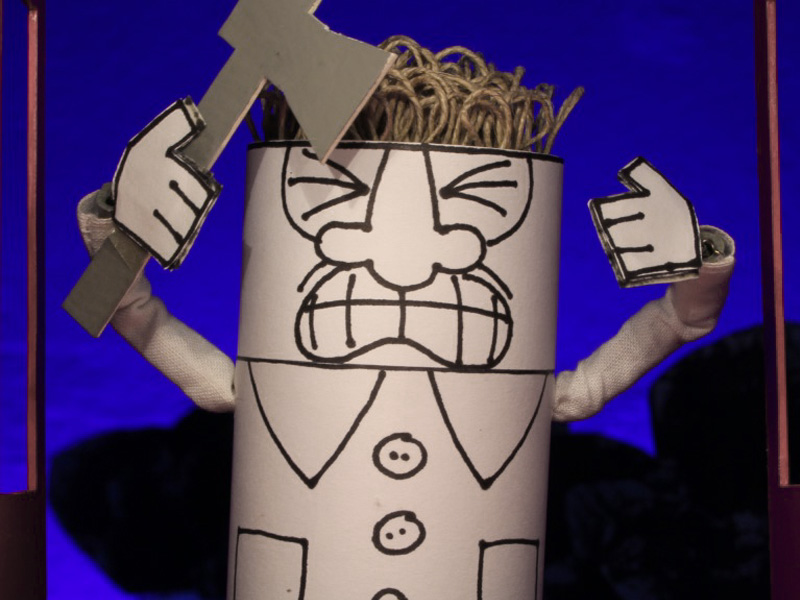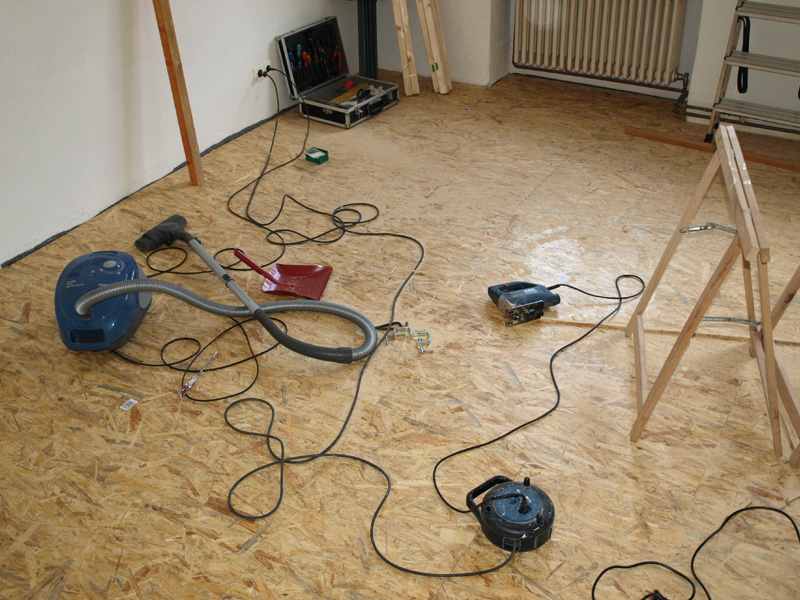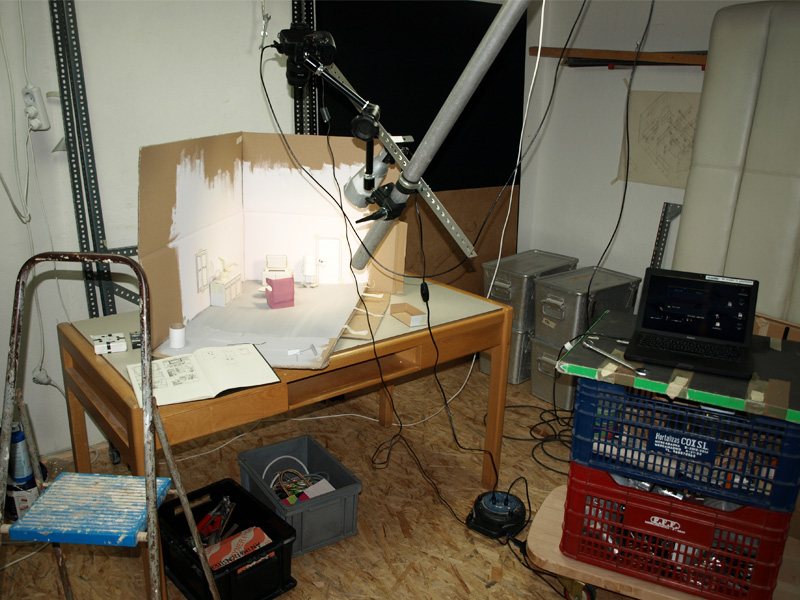Zur deutschen Version der Biografie.
1963 – 82: Playing Cowboy in the Teutoburg Forest

I spent my childhood in the Teutoburg forest, which was just beyond our backyard. I loved animals more than anything. I had a little hiding place in the attic, where I collected a curious assortment of animal skulls and bones that I had found in the woods. My dream then wasn’t to become a designer, but rather, a cowboy. Therefore, my passion for horses was the strongest. The way I had imagined it, the idea of taking care of cattle was secondary.
When I was all grown-up –around the age of 5–, it became clear to me that becoming a cowboy wouldn’t be very easy in Germany. This was by far the most difficult hurdle in my career development.
1982 – 85: Advertising and Civilization
Because I didn’t just love animals, but could also draw them well –especially horses– I applied for an apprenticeship as a graphic designer at the Special Design advertising agency in Bielefeld following my high school graduation. They also thought I could draw horses well, and I was hired.
The folks at the agency were very nice to me, and taught me a lot of valuable things about craftsmanship –this was before the age of computers– and art. Above all, they taught me to recognize the value of communicating with other members of my own species.
I became a prepress reproduction artist and was ready for college.
1985 – 88: Leaving the Nest
Darmstadt seemed far enough away from my hometown, Bielefeld, to start a new life for myself. This would begin in the town’s youth hostel and in the wonderful atmosphere at the Mathildenhöhe, amid all the Art Nouveau and Bauhaus architecture, in the Visual Communications Department of the FH (Technical School) Darmstadt. There were no computers here yet. This was in the year of our Lord 1985, and it was documented with a pencil.
I was through with drawing horses, but was still very excited about illustrating, and was at that point still dedicated to realism.
In order to break out of that mold, I set out for Berlin after finishing basic studies at the FHD. The College of Fine Arts, or HdK (now the University of Fine Arts) was reluctant to admit students transferring from a technical college (they tended to be too “career-oriented”), but I stood my ground. For an entire year I drew, painted and built nothing but pigs, and used my career-oriented skills only for the purpose of earning a living as a freelancer. In January 1989, I was accepted as a bona fide student, enrolled in the sacred halls of the HdK.
The entire Swine series landed in the Swine Museum in Stuttgart, which had opened the same year.
1989 – 93: The Deep
During the following semesters in the ocean of the HdK, I discovered three treasure islands which would give rise to my future achievements:
Catacomb 1
The first of these groundbreaking discoveries was in the basement of a building adjacent to the high-rise on the bank of the landwehr canal. In the video and animation studios of Fred Wagenknecht, we experimented with the paint and animation program D-Paint III on an Amiga 500. The opportunity of producing moving pictures drew me in like a magical spell. The great portals of the digital world were opened to us, revealing the unimagined possibilities of traditional animation. Back then, we saved our projects on 3,5 floppy discs–including the programs, as the Amiga 500 did not have an internal hard drive as of yet.
Catacomb 2
The second of these significant initial sources was more of a scattered archipelago, which continuously spread over wider areas. The two mother islands in this network were the scrap metal yard at the Gotzkowsky Bridge and Professor Meier’s metal workshop in the basement catacombs of the HdK building on the canal. There I learned to drill, cut, file, saw, weld, rivet, and prevent my fingers from being crushed in the seaming machine.
The scrap metal yard on the Spree was a bottomless well of inspiration and material. Most of the pieces which I used to assemble the set for the 1989 production of Kassandra, an experimental theater piece by Gudrun Siegler, originated there. The experience with set design would become a fundamental aspect which would eventually lead to a comprehensive museum project for which I would be contracted two years later.
Stage design of Kassandra
The archipelago has almost become an entire continent over the years, and at times it is almost impossible to see the shoreline.
The Cage
The third treasure trove was a cage, and has remained so to this day. The first computer room was located in the main building of the HdK on Hardenberg St. Behind a cage door stood the first Macs and a video editing station. The equipment was only accessible to those students who had been inducted into the realm of computer technology by Joachim Sauter, who had come to Berlin solely for the purpose of teaching new media. The cage turned out to be a volcanic island. Each technical development caused an explosion within, which increased the land mass with tremendous speed.
The computers were often running around the clock, and the traffic flow of students forced many, including me, to work nights. Some worked with Hypertext, which was quickly followed by Lingo, some with Quark Express, 3D programs or Avid. The possibilities were vast, and we were constantly dreaming of how the computer, the media, we students and the rest of the world would change along with the new technology. Most of our ideas have become very out-dated by now.
One of these ideas would become a cornerstone in my senior thesis. In December 1991, I presented The Digital Book, Literature on Digital Media, a rather utopian idea about reading and writing on electronic media. The project resulted from a comprehensive study on the history of information and communication. The electronic reading device utilized its own system of characters which was integrated into a model for electronic libraries. The presentation follows Johannes Gutenberg incarnate, as he spans the bridge of time from the beginnings of mass publication to the utopian future.
Along with the euphoria of the new media grew uncertainty and fear about where it would lead us. My thesis opened the door to complete a one-year study as an honour student. I used the last two semesters at the HdK to shed some light upon the more questionable aspects of the digital revolution. The subsequent project, Kommunikaze, is a study on social change in the area of communication since the development of electronic media, presented in an interactive installation using video and computer animation.
1990 – 96: The Wonder of America

There are many interesting places in Colombia, which regrettably, I did not see. Instead, I rummaged through scrap yards in Cali. One day while I was there, a new old piece of working material landed in my hands: a cow skull. Perhaps it was the other way around. I have often had the impression that the bones come to me and reveal themselves while remaining unseen by others. The cow skull, which I pulled out from under some rusty auto parts in a pile of scrap, became the first link in a new chain of events.
Beginning in 1990, I began spending several months at a time in Columbia with my friend and fellow student Vicky Eckert. We immersed ourselves in the warmth, rainforests and music, built our castles in the air and pondered life in Europe with a different perspective. This country became my oasis for creative freedom and newfound optimism.
My Spanish improved drastically, as I was hired to teach a course in computer animation at the Instituto Departamental de Bellas Artes in Cali. I taught a second course, Interactive Animation with Macromedia Director in 1996 at the Universidad del Valle.
Collages and illustrations from Colombia, 1990The trips to Columbia ended in 1997 when I moved to Barcelona, but the bone chapter had only just begun.
1993 – 95: Museum Hands-On
Shortly after graduation, the Geyer Agency in Bielefeld entrusted me with the design and implementation of exhibitions in two regional museums for the city of Paderborn. The Historical Museum and the Museum of Natural History were to be opened in the stables of the former Bishop’s residence, Schloß Neuhaus, in April 1994 during the annual garden show. At the time, I had absolutely no inkling about planning exhibitions. My only experience with spatial design had been welding a set together out of scrap metal for an experimental theater piece in 1991. I had worked as a freelancer for the Geyer Agency since 1985, and Hajü Geyer fully trusted my adventurous spirit.
First we had to start with the project development. We did a lot of research, visited other museums and studied the content material which had been laid out thus far. The design was left entirely up to me. The project was good, and we presented it to the Paderborn Board of Culture. They chose it, and the agency was contracted for its realisation.
My adventurous spirit was put to the test. Museum education and reappraising the collection, as well as planning the design of the fixtures were a piece of cake compared to the interior planning, model construction, showcase technicalities, coordination and overseeing the project. One of the highlights was the installation of a silkscreen workshop, where we produced plexiglass displays with text and graphics. The large displays and many of the wood constructions were built in the neighboring workshop by two hand workers with undaunted patience and precision. I spent two years on the birth, care and feeding of these two museums, and it was one of the most exciting projects in my professional history to date.
1997 – 2011: Mar y montaña (The Sea and the Mountains)
After the completion of the two museums, I could once again focus on my plans to move to another country. I reached my final decision while in Columbia in the summer of 1996, and moved to Barcelona on the 1st. of February, 1997.
LAVOLA, an environmental agency consisting of fewer than 20 employees at the time, became my first, and for a long time my most important client. Their main concerns were waste management, water and landscape conservation, energy and mobility. My part was to create institutional campaigns, didactic material and exhibitions to these themes.
I first used animation in cooperation with LAVOLA in 1999. Within the framework of an enviromental trade fair in Barcelona, a five minute video was to be produced for a delegation of the city’s representatives which would compare the amount of energy required for transporting regional consumer goods with that required for imported products.
Interactive animation became more prominent as a playful medium for the purpose of exhibitions (Prat de Llobregat: “Et baralles amb les deixalles”, “La gestió dels residus al Prat”). Thanks to broadband and Flash, the tendency to employ animated content spread rapidly on the internet. In 2000, I took a sabbatical for several months in order to learn the basics of how to program the necessary interactive applications. First, I refreshed my memory of Lingo and Director, using Flash merely as a tool for animation. When I realized that the use of Lingo and Director was a dead-end street, I chose to focus my attention to Actionscript. The development of interactive applications with Flash and Actionscript became the key aspect of my career, and remained so until my return to Berlin in 2011.
The bones found me again in Barcelona. During a trip to Bilbao, at Puente de la Reina, near Jaca, 15 sun-bleached sheep skulls from the dry river bed of the Río Aragón decided to accompany me. In February, they were joined by the entire skeleton of a cow. It had met its fate in a gorge in Garrotxa, and had waited patiently for me on the side of a path all winter long. The collection of animal parts were integrated into a series of sculptures two years later, and exhibited from March until June, 2000, in a show entitled Milk and Wool, which had been organized by Dasign, the agency of a previous college mate, Ingeborg Scheer. 13 buoys made with sheep skulls and propellers disappeared into the Mediterranean the following year.
Barcelona is a beautiful city, but a loud one. My boyfriend and partner, Pep Rimbau, and I moved to Caldes de Malvella at the beginning of 2005. This beautiful village lies about 20 kilometers away from Girona, and not far from the Costa Brava. We planted parsley and pumpkins. For the most part, though, we worked on restoring our old house in the historical center of town. After 5 years, I was desperately longing for life in the city, or more precisely, life in Berlin. A touch of nostalgia had accompanied me the entire time, and in February 2011, I returned to my home after having been away for 15 years.
since 2011: Berlin Again
For several years now, Pep and I have produced an animated film to mark the beginning of each new annum. Fum fum fum, Kommet ihr Hirten, Winter Ade and Pencil Castle are dedicated to the season, and are sprinkled with absurd to politically incorrect contents. Frank Neumann performs the music for our short films and achieves ever surprising results, even from tiresome old Christmas classics.
In the Summer of 2012, I began installing a stop motion animation studio in my apartment in Berlin. Having dabbled a bit in this technique over the years, I would now like to dive a little deeper into the field of stop motion. For one thing, it has become more doable (and thus more popular) through increasingly simpler methods for the distribution of video material on the internet. Additionally, apart from the groundwork of animation like writing scripts, drawing storyboards, sound and editing, stop motion animation involves some of my favorite activities: building and bringing material to life.
From October to December 2012, I produced my first stop motion short film No Tannenbaum here.
Since 2015 the focus of my activity is shifting step by step towards Stop Motion Animation and artstic animation workshops. In my own studio I offer workshops for small groups, mainly collegues and other artists. In cooperation with artists we realize workshops with children and teenagers in the context of school projects, aswell as with students.

You can find wider information about Stop Motion projects and workshops on doromotion.com.
For now animation, illustration, Graphic Design and Webdesign still earn an important part of my living.

